Capital:
Naypyidaw
Currency
Kyat
Best time to visit:
The ideal season for a trip to Myanmar is from November to April, a period in which the heat is not excessive and the rains are less frequent.
In a word:
Mingalabar (good morning)
Vaccines
Malaria is present all year round, especially in forests, in the mountains and in border areas. There is no risk of contracting it in major cities.
Warnings:
- Do not feed the monkeys and do not try to touch them: they can be aggressive and carriers of anger.
- For safety reasons, caution is recommended in areas bordering Thailand, Bangladesh and China
At the table:
In Burma, you start your day early with a rich breakfast. Lunch, on the other hand, is not very important. This is followed by a snack consisting of tea with concentrated milk and some naan or some other snack. The day ends with dinner, where all family members gather around a low table and where all dishes are served together.
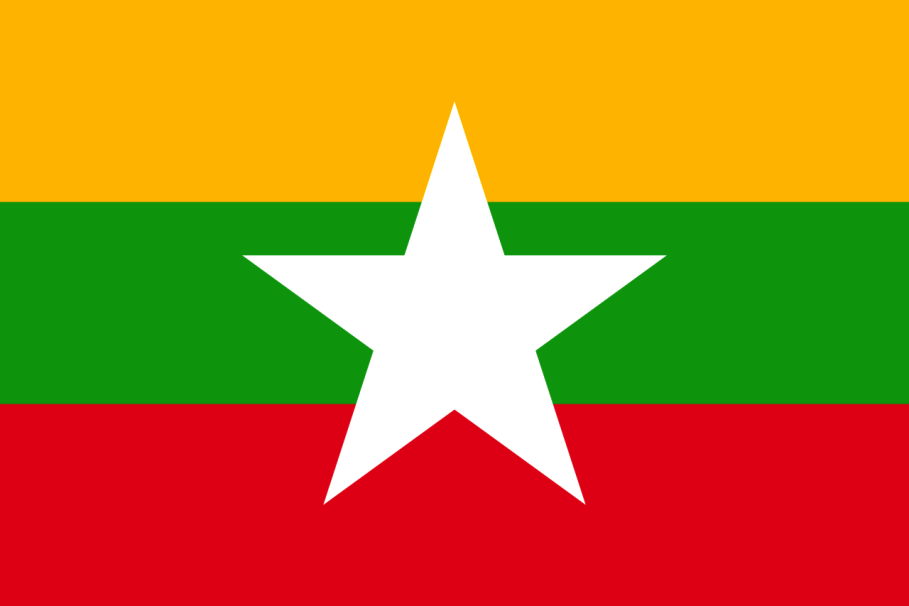
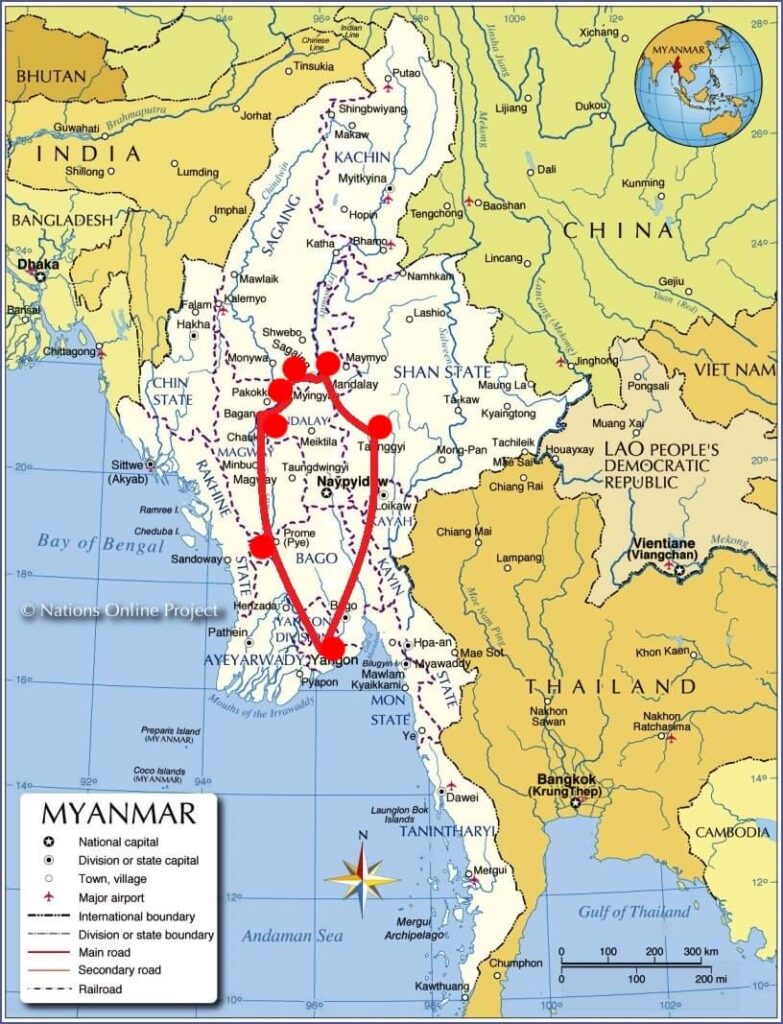
Essential experiences:
Getting lost in the mystical complex of Shwedagon among devout faithful who pray; Admire Bagan's ageless temples from a hot air balloon; Walk over the U Bein bridge, the longest teak bridge in the world as the sun sets
The Burma (Myanmar, according to the most recent diction) is one of the most fascinating and mystical countries, full of places and attractions of great cultural, artistic and scenic interest.
We recommend organizing the itinerary following a circle around four destinations: Yangon, Inle Lake, Mandalay and Bagan. These locations are ideal support points for numerous excursions: near Yangon lies the delta of the Irrawaddi River (Irrawaddy); near Mandalay are Amarapura, Ava and Sagaing; near Bagan is Mount Popa and to get around, as we did, using their bus network because they are quite comfortable and cover longer distances in less time.
From the moment you arrive at dawn, it is good to already have the guesthouse / hotel reservation to avoid having to spend hours wandering around before finding accommodation or being able to check in.
Myanmar shows itself as a country that is still genuine and conserves its traditions and the repository of a millenary spirituality. Nothing to do with the large tourist flows that invade the city every year Thailand, il Vietnam or Cambodia.
In fact, Myanmar is still excluded from the main tourist routes, which allows it to preserve a certain originality. The country was, in fact, isolated from the world for a long time, governed and subdued by military governments and intransigent dictatorships, before officially opening its borders to international travelers a few years ago.
Traveling to Myanmar is very cheap, even if lately the increase in demand has caused the prices of services to rise. In general, however, you eat with little change and sleep with a few euros (the average for a double room is 15/20 dollars, for a bed in a dormitory it's worth 5/7 dollars). In comparison, transport is slightly more expensive in proportion to the services offered.
Myanmar is a safe country. Despite the internal tensions due to ethnic and political disputes, the foreign traveler is 100% protected. There is a lot of control in this regard, and in the areas at risk (mainly the borders with Bangladesh and those with China), it is not allowed to enter. In practice, some areas are treated as prohibited, so if the traveler manages to go into these areas, he is immediately rejected.
Our suggested itinerary (16 days) | |
three days: | Yangon (visit at the Shwedagon) |
three days: | Nyaung Shwe (boat excursion in Inle lake) |
three days: | Mandalay (visit to the villages of Amarapura, Inwa and Sagaing) |
one week: | Nyaung U (visit to the magnificent temples of Bagan), Kyaiktiyo (visit to the Golden Rock), Yangon |
Here we are in historic Yangon: the former capital of Myanmar, perfect testimony to the country's troubled history. It houses the largest number of colonial buildings in Southeast Asia and beautiful parks, which have earned it the nickname of the garden city of Asia.
Former capital because in November 2005, the military junta that was in power suddenly announced that the country’s capital would be moved within a few days from Yangon (Rangoon) to a new location about 320 km north.
Most of the country's inhabitants were unaware of it, but for years, with the help of Chinese engineers, the military junta had been building a new capital in a remote area of bamboo forests and sugar cane fields. The dates of the inauguration and proclamation of the new name of the city, Naypyidaw or "city of kings", were chosen by the military in consultation with their trusted astrologers (astrology, along with black magic, was an obsession of generals). Precisely for this reason, overnight, they changed the name of the nation (from Burma to Myanmar), the name of the main city (from Rangoon to Yanon), the flag and the capital (from Yangon to Naypyidaw)!
From afar, like Ulysses with the sirens, we are attracted by the great golden pagoda of the Shwedagon, here we are wandering around this small religious village formed only by temples, many places of prayer where faithful pilgrims from all over the country pray and entrust their hopes and wishes to the thousand Buddhas present almost everywhere.
Local youngsters advise us to visit the "statue of the reclining Buddha" in a temple not far away ...
Half an hour later, with our eyes turned upwards and our mouths open, we admire this immense work of art. We even have to climb a pedestal to get a full view of the sculpture.
We know an old man who invites us to visit the area inhabited by Buddhist monks ... a place out of time ...
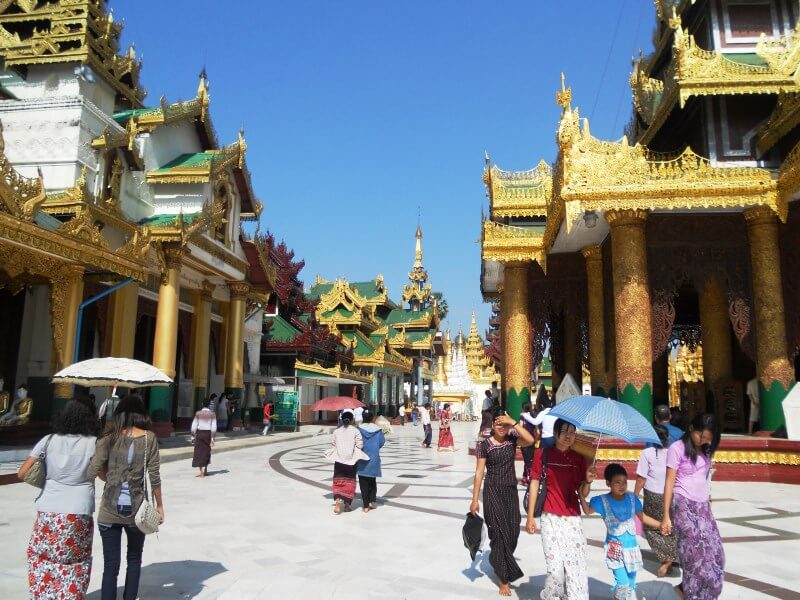
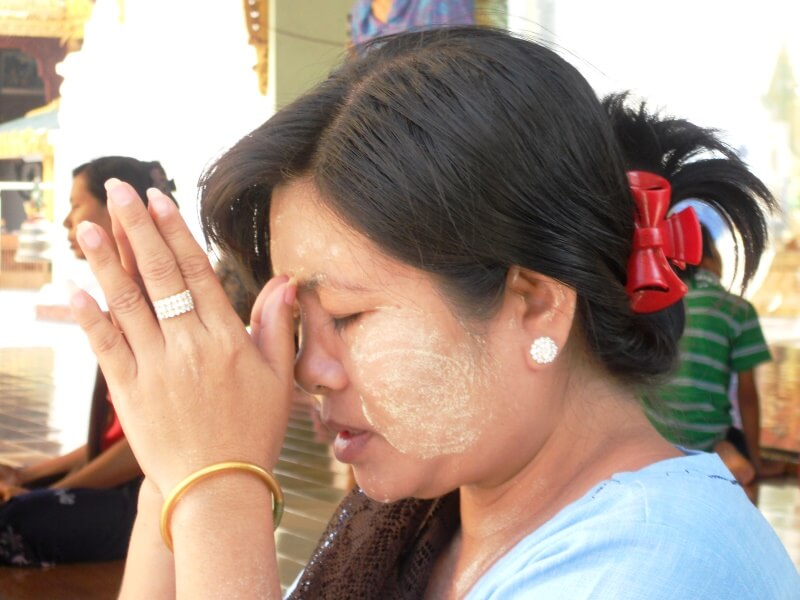
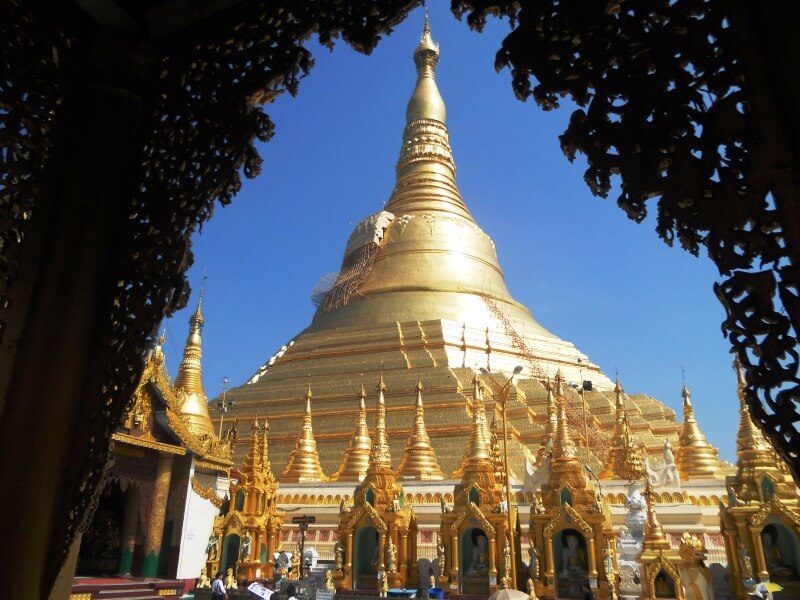
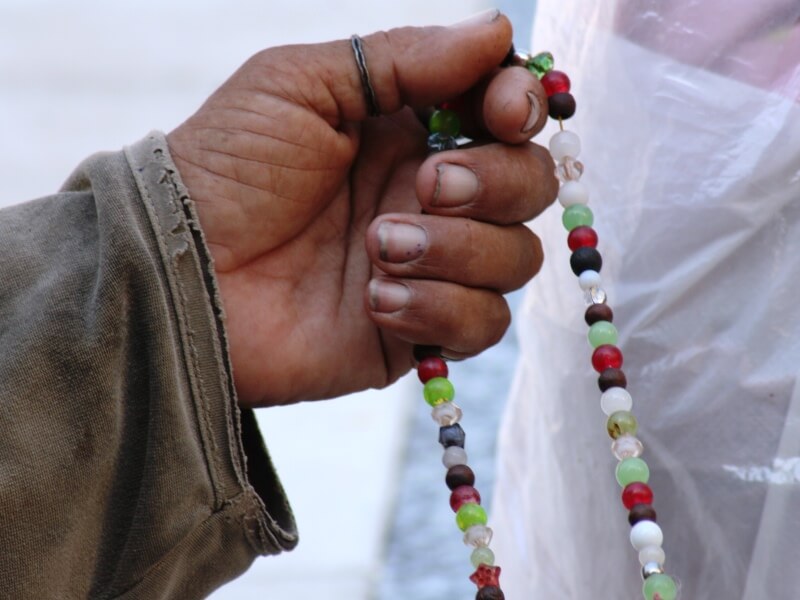
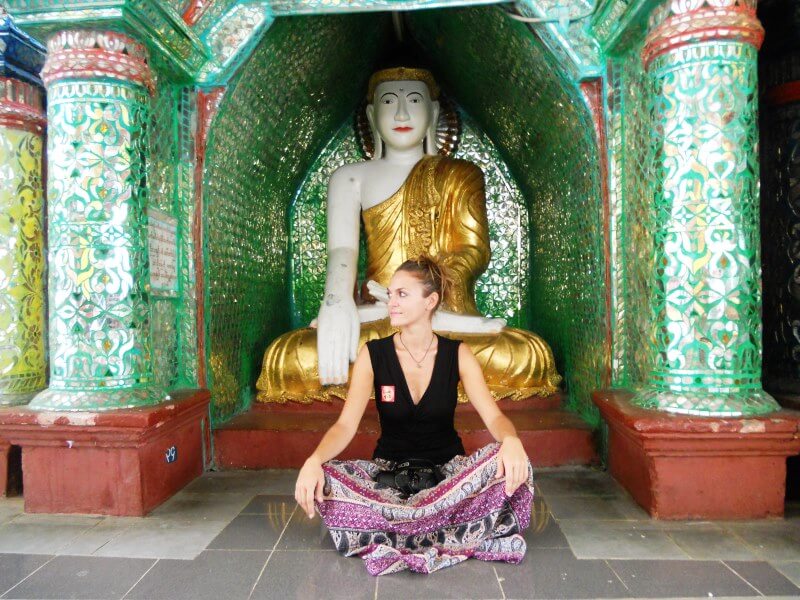
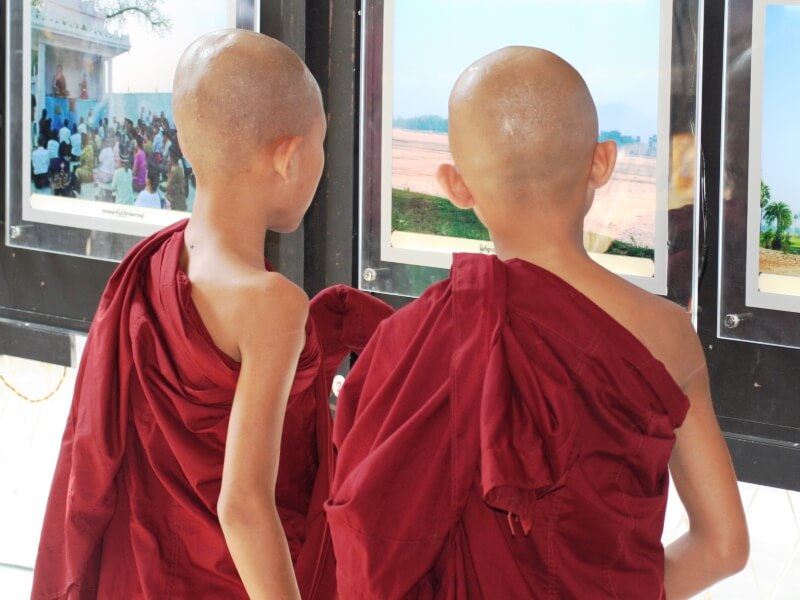
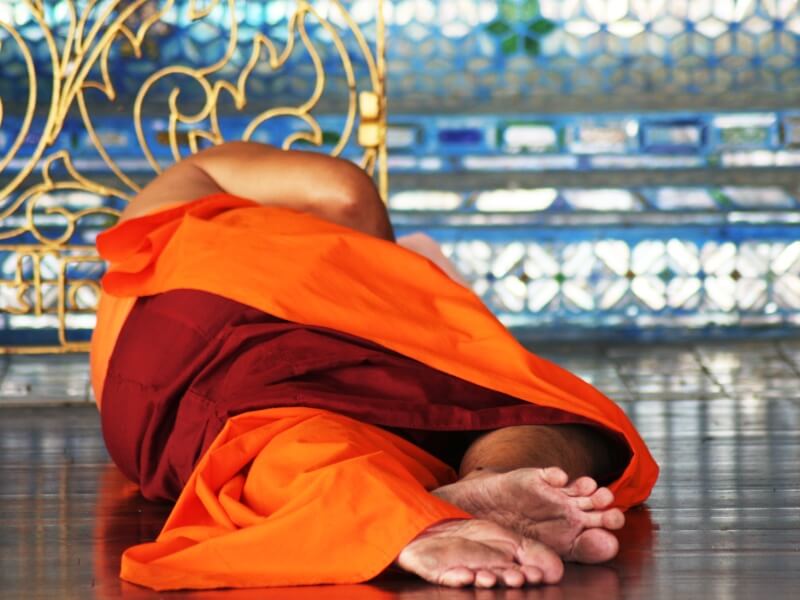
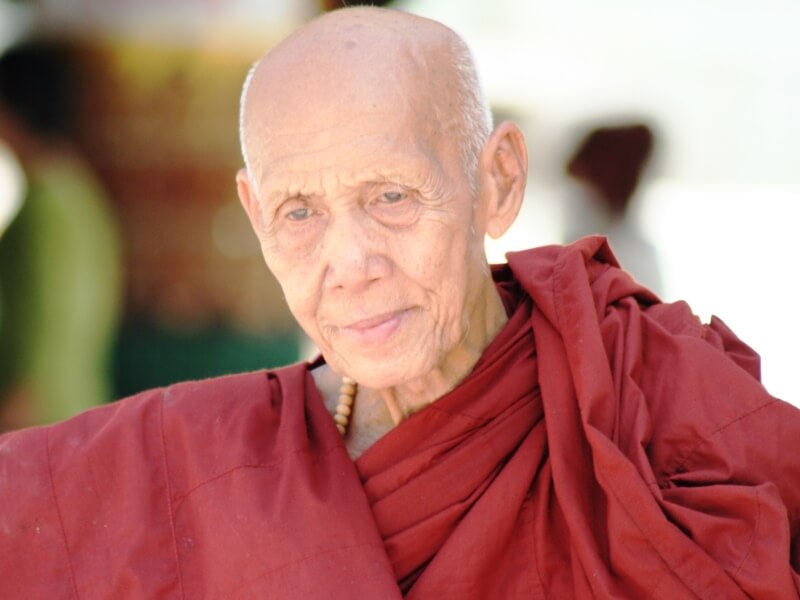
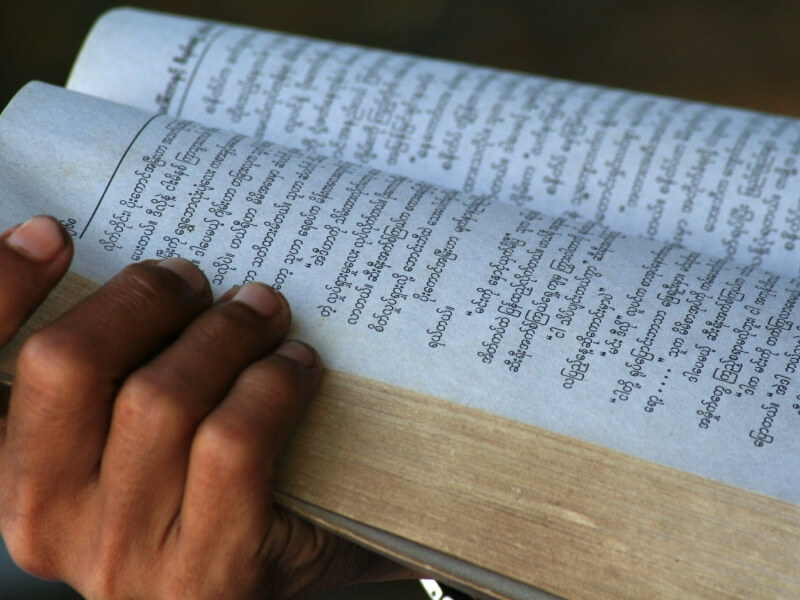
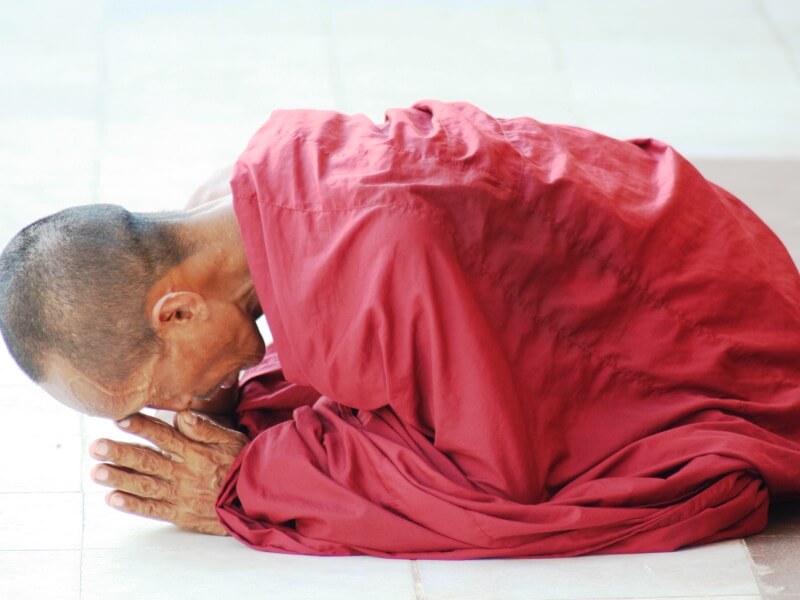
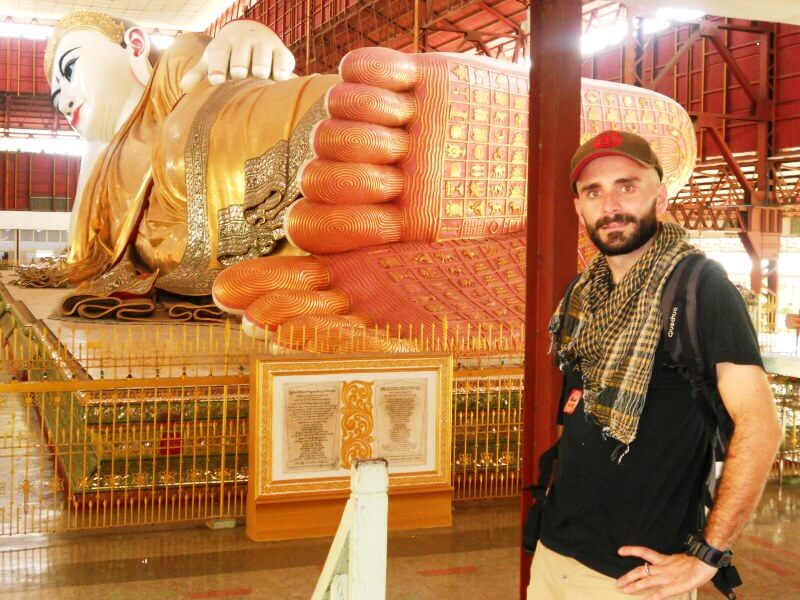
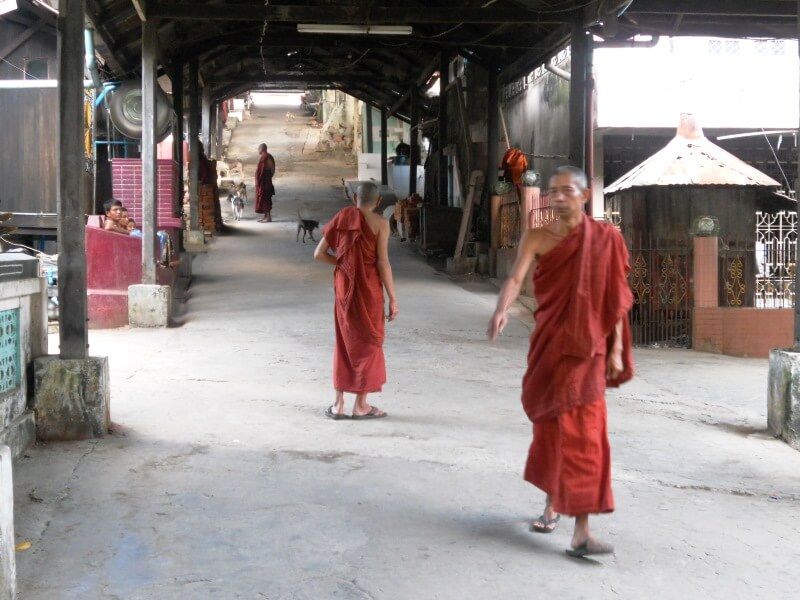
The strong Buddhist faith permeates beliefs, customs, traditions and standards of good education. To be respectful, it is good to follow some essential rules of conduct.
Below are brief notes on the behaviors to keep and things to avoid:
Today we leave the beautiful Yangon for the town of Nyaung Shwe, on Inle Lake.
We will travel all night on a local bus in which a series of old Burmese films are shown at very high volume from the small on-board television!
We cross small villages with rare houses, some pagoda comes out here and there from time to time, the rest is made up of endless rice fields that frame the surrounding landscape.
It is pitch dark outside when the driver shakes me and warns us that we have arrived at the Junction for Inle Lake. It is 5.10 in the morning and we are about a dozen kilometers from our destination. Seven of us get off the bus (we, a Sino-Malay, two Germans and a Frenchman); we get on the only pick up available and continue to Nyaung Shwe, a small village near the lake.
Inle Lake: With its 116 square kilometers it is the largest lake in Myanmar and is easily navigable by motorized gondola-like boats. There are also several hotels on stilts where you can stay at very reasonable prices.
Remember that here, in October, the famous Phaung Daw Oo Pagoda Festival takes place, one of the most important religious events of the year!
We let ourselves be guided by our Lonely Planet, we decide to stay at the "Gipsy Inn" and from the balcony of our humble room I am delighted to observe the unfolding of their daily life. It looks like a movie!
There is no time to leave our backpacks in the room as we whiz on one of the fast local boats, we slip into a long series of canals noting that in such an inaccessible place everything lives on stilts, even the pigsty!
It's Sunday today! It's market day… Every world is a country. Those who live in the mountains go down to the lake to sell their goods.
We are enchanted to admire every single stall, we stop to chat with anyone who comes close to us, we look around everywhere and fall in love with the simplicity of the people!
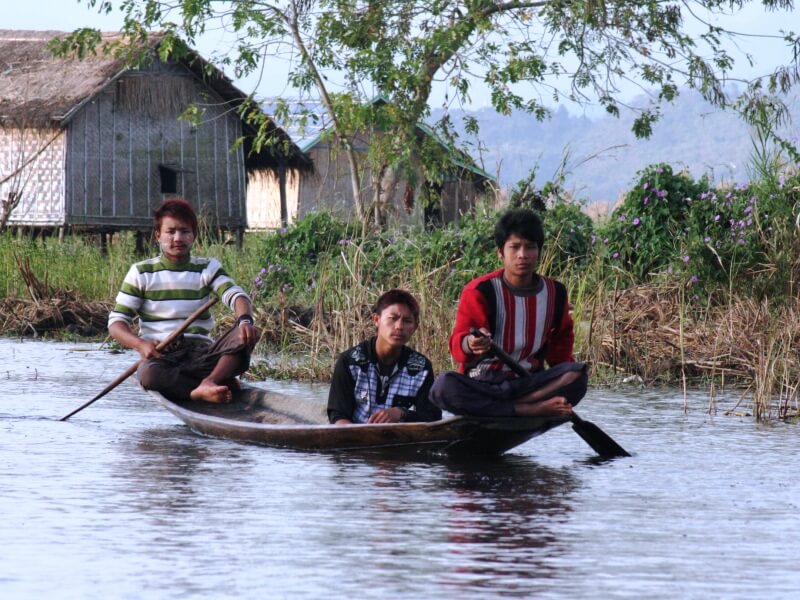
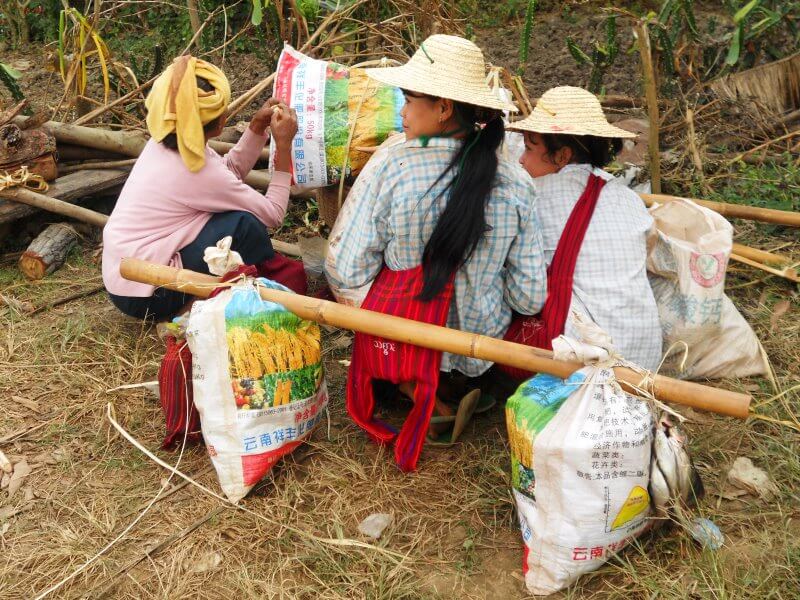
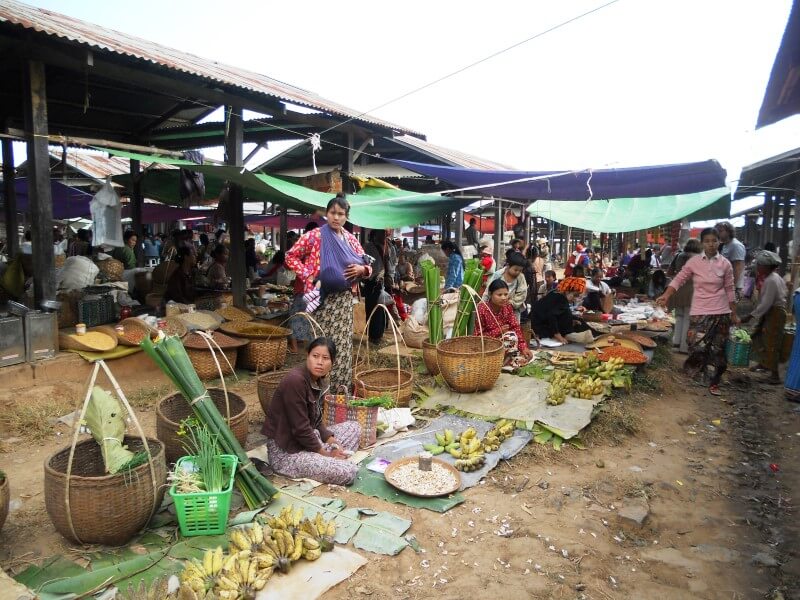
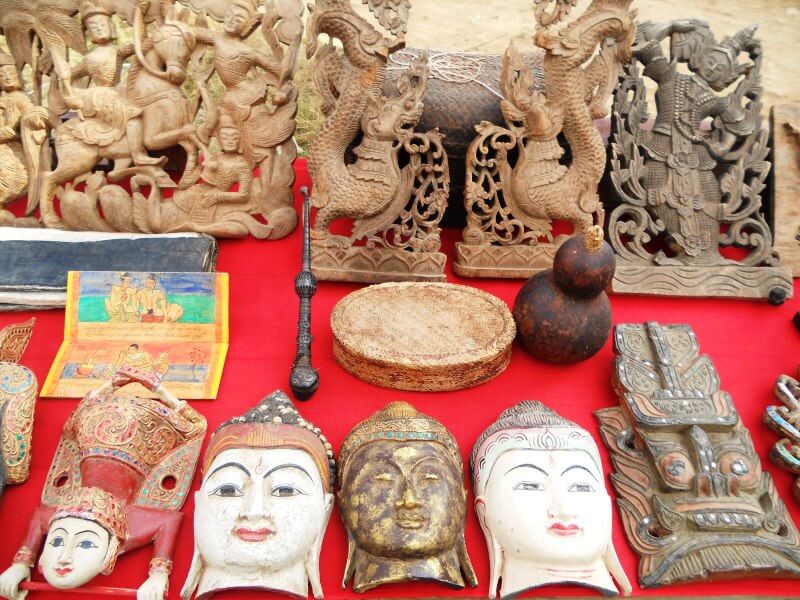
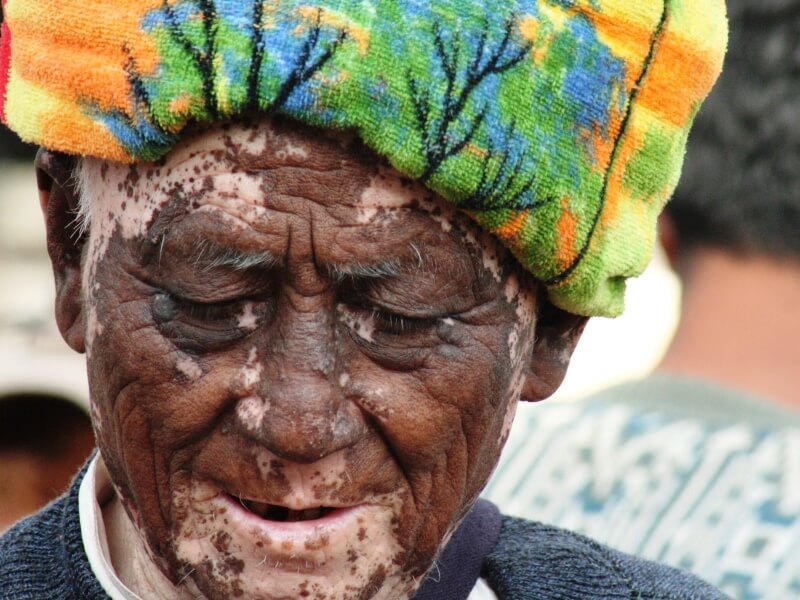
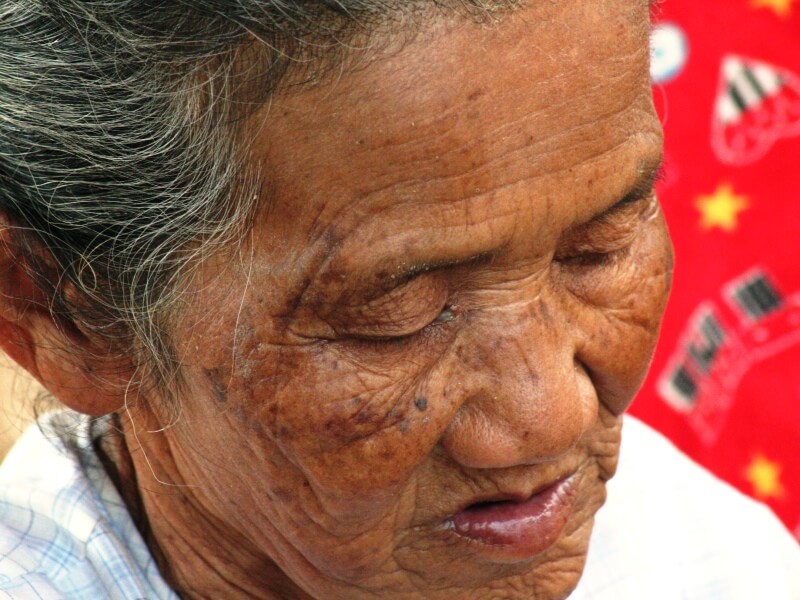
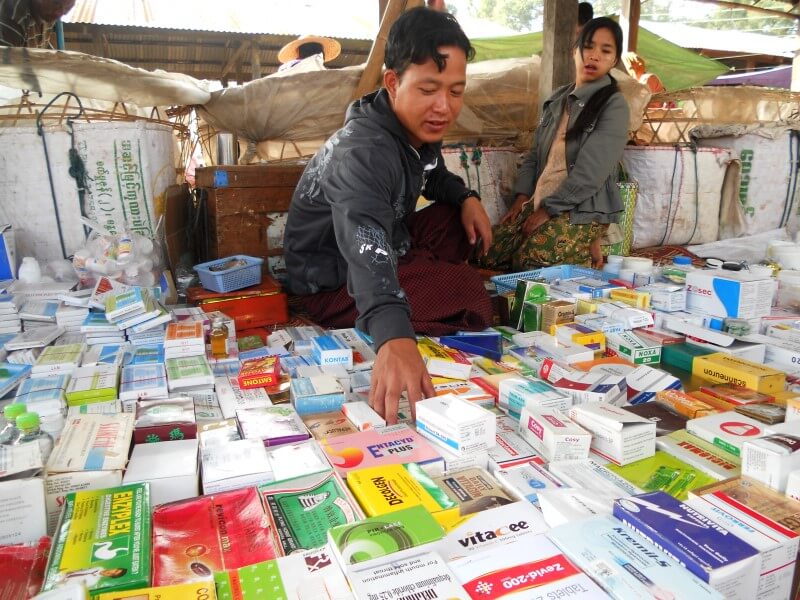
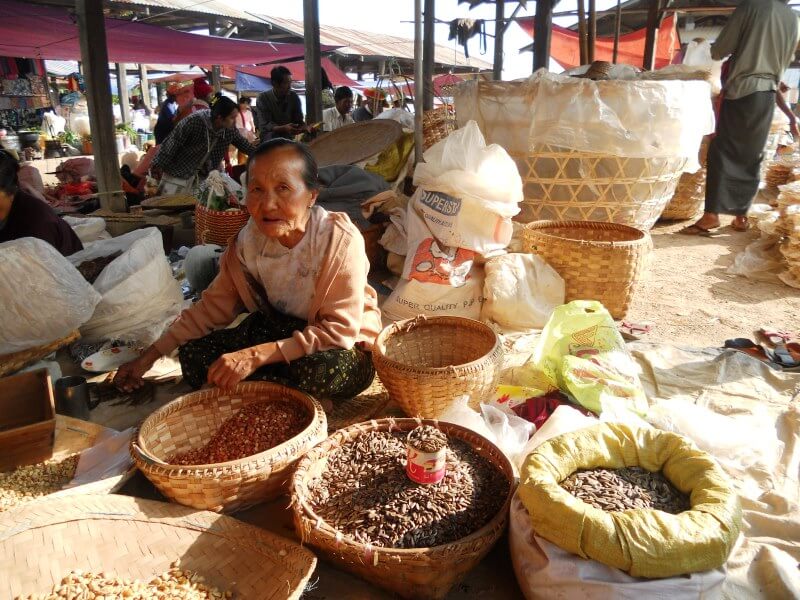
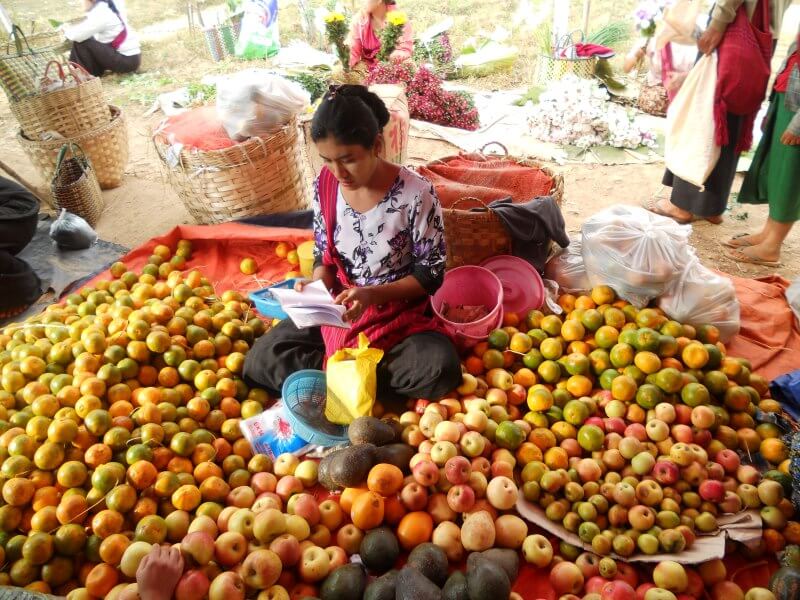
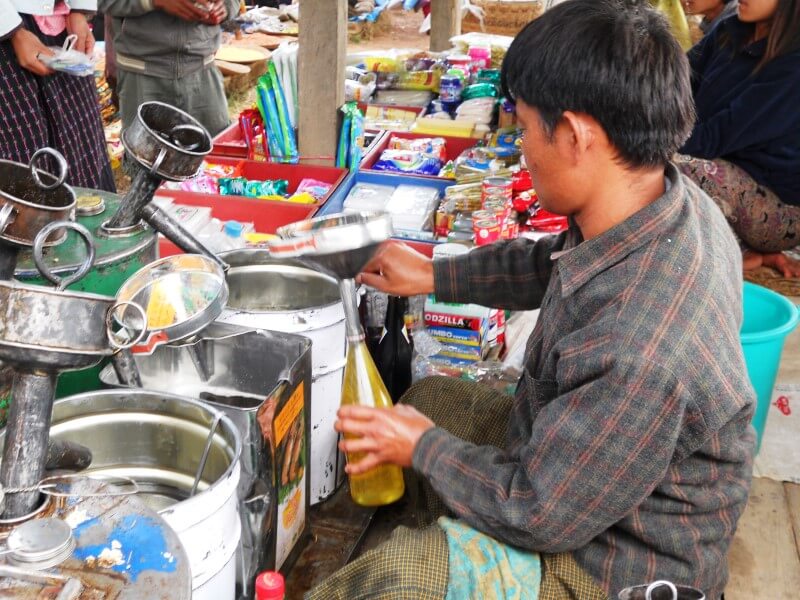
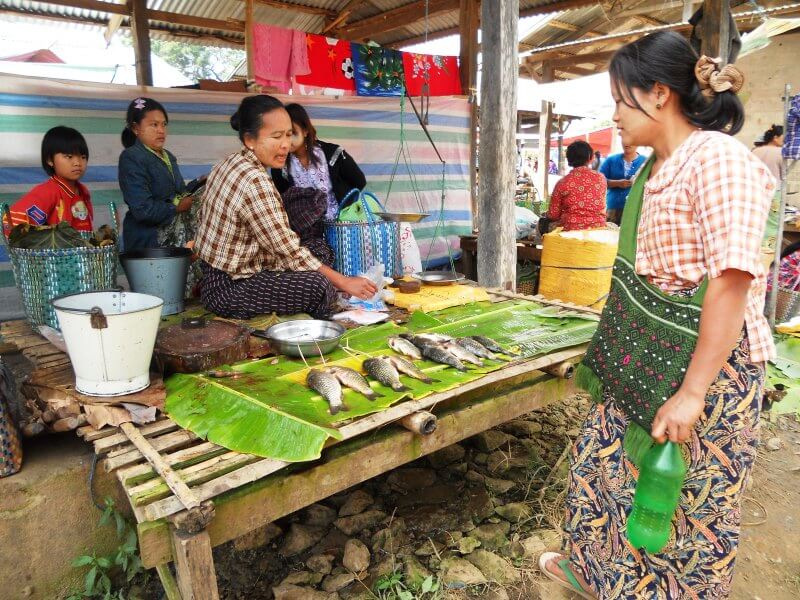
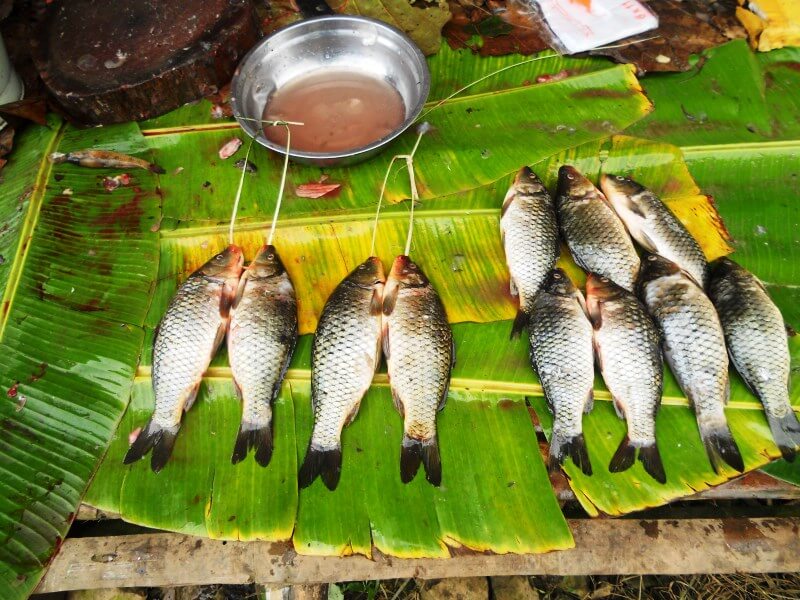
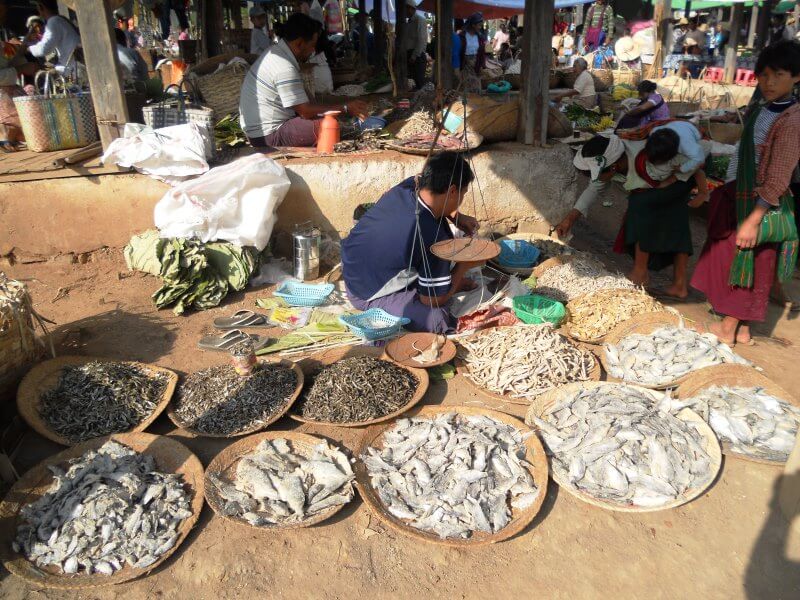
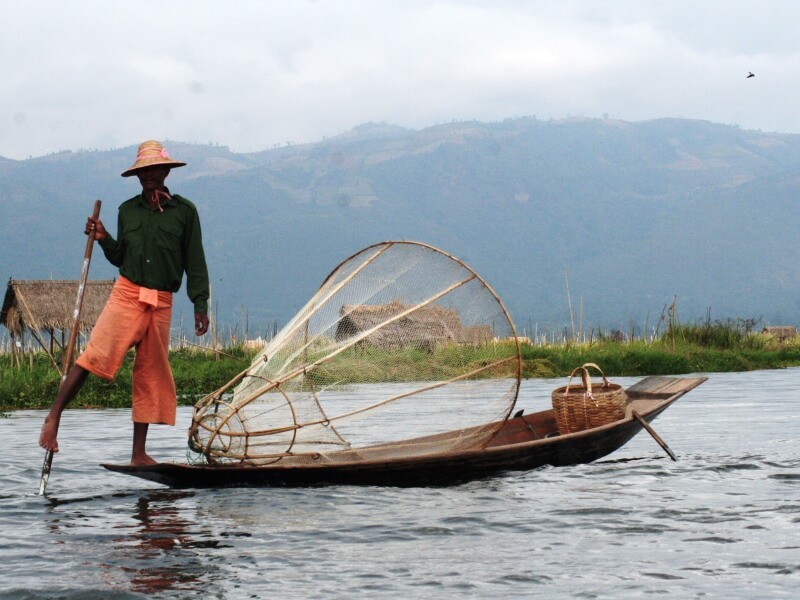
We visit workshops of lotus silk, umbrellas, souvenirs of all kinds and shapes up to the impressive encounter with the "giraffe women", an ethnic minority; it will be for tradition or for local uses or for any other reason but it leaves much to think that today there are still such cruel "customs".
We continue visiting a large Buddhist pagoda, then a monastery and finally we get lost in the streets of one of the many villages.
We have the nerve to enter various houses and in each of them the welcome is always very warm!
It hits your heart when you see those humble people who have nothing material to offer you a mandarin, a cigarette or a tea.
We wake up early this morning. I immediately go out on the street along the canal.
I look around in amazement. I feel like I'm living in a documentary ...
Three men with the classic non la (traditional Vietnamese hat) are crouched along the canal, a cycle-rickshaw carries a big woman with almond-shaped eyes, two little boys in white and green uniforms go happy to school, two old ladies with their heads wrapped in a colorful towel return from the market.
On the way to Nyaung Shwe market we are drawn to the litanies from what looked like a monastery.
I could not believe it! Here in front of us about twenty children, little Buddhist monks, who pray by reciting a sort of mantra, have been up for who knows how long, they are forbidden to sit. We are really enraptured, I don't know how many photos we took, one shot after another that remained forever etched in our minds.
They were small and they wanted to play with each other, some pulled their tunic, others passed the prayer mat like a ball but as soon as the teacher returned, everything was back in perfect order.
We stayed about an hour to observe them, after which the little monks returned to their large dormitory.
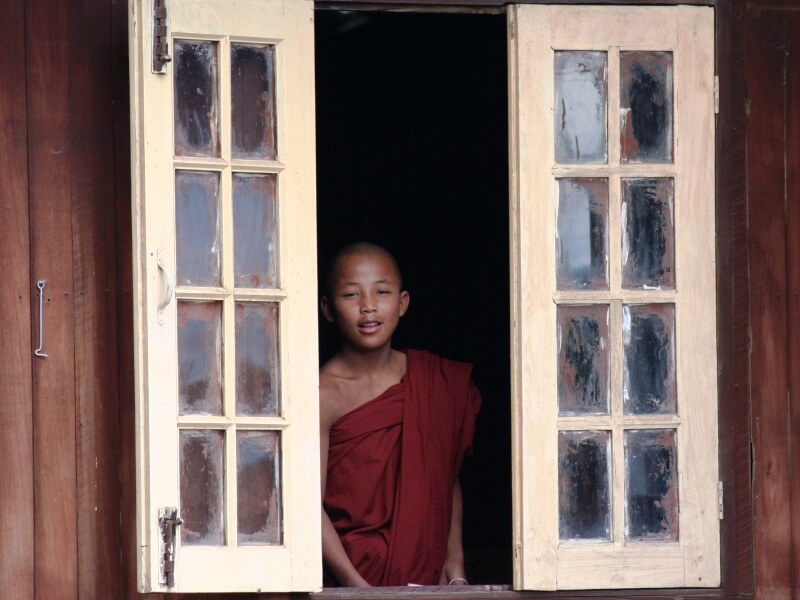
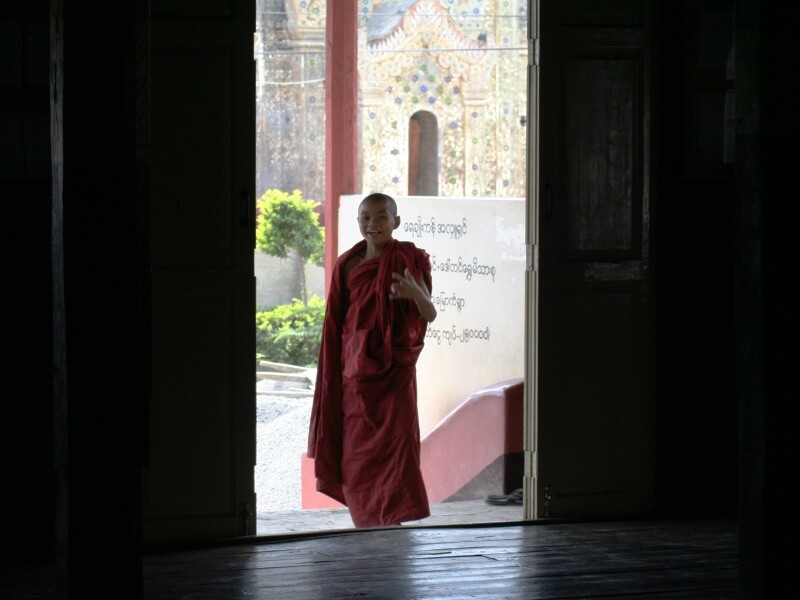
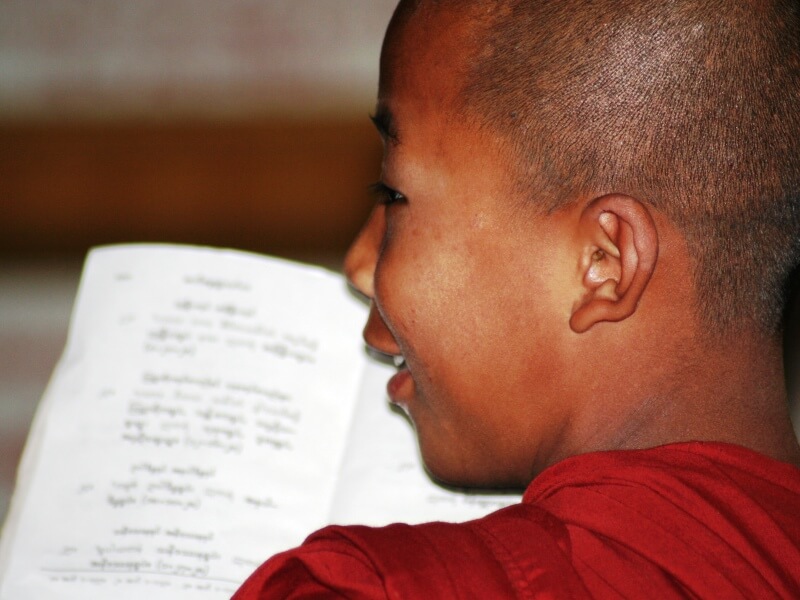
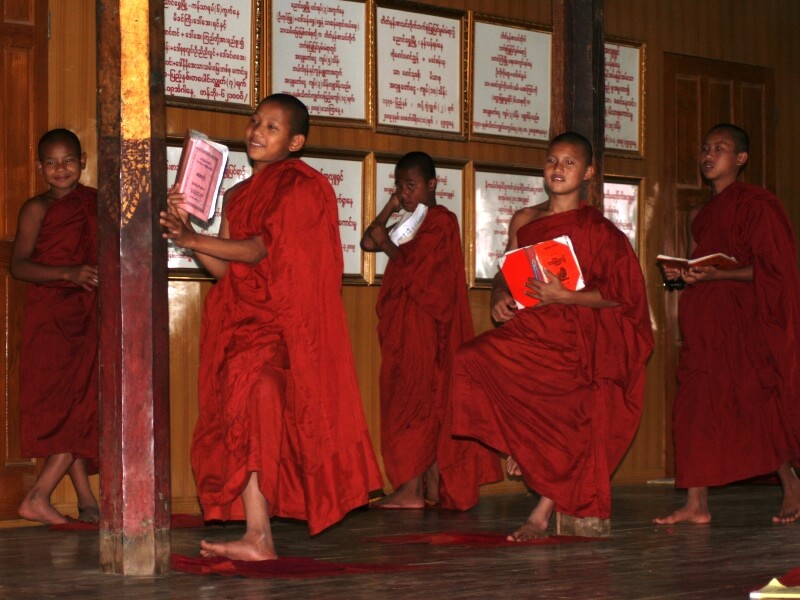
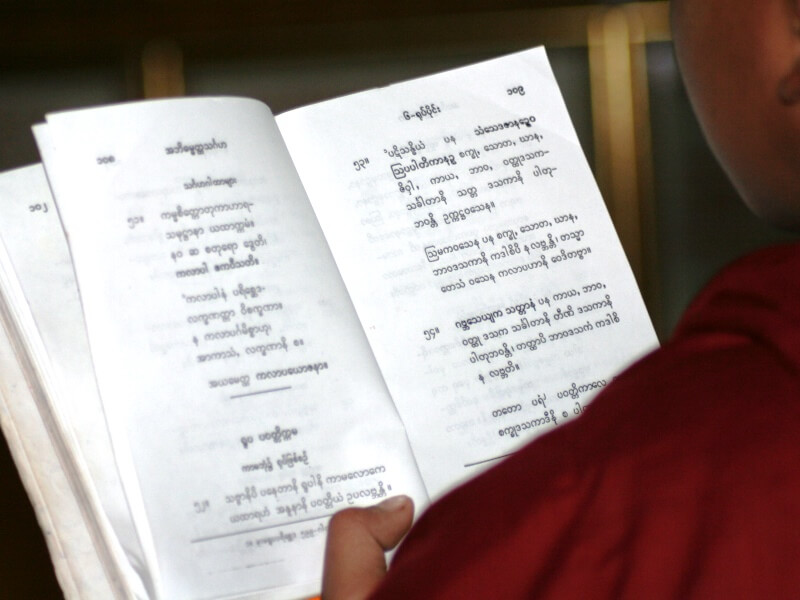
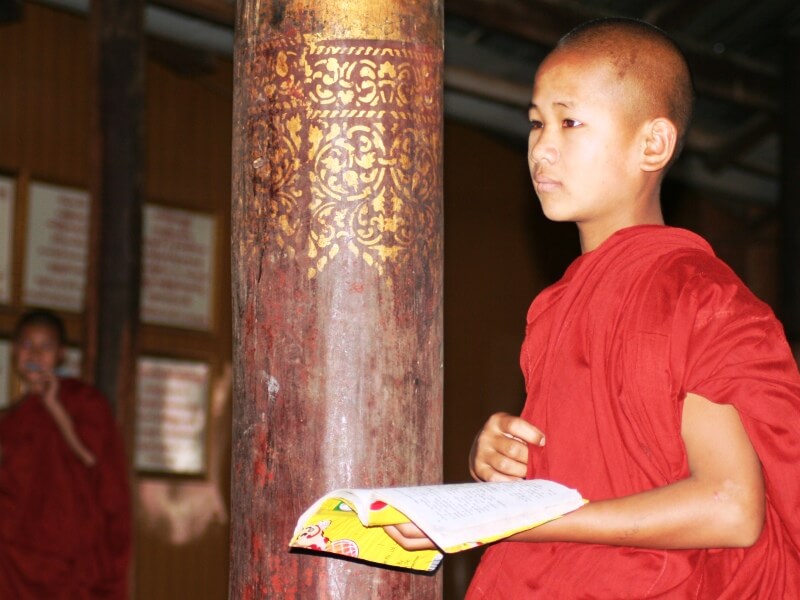
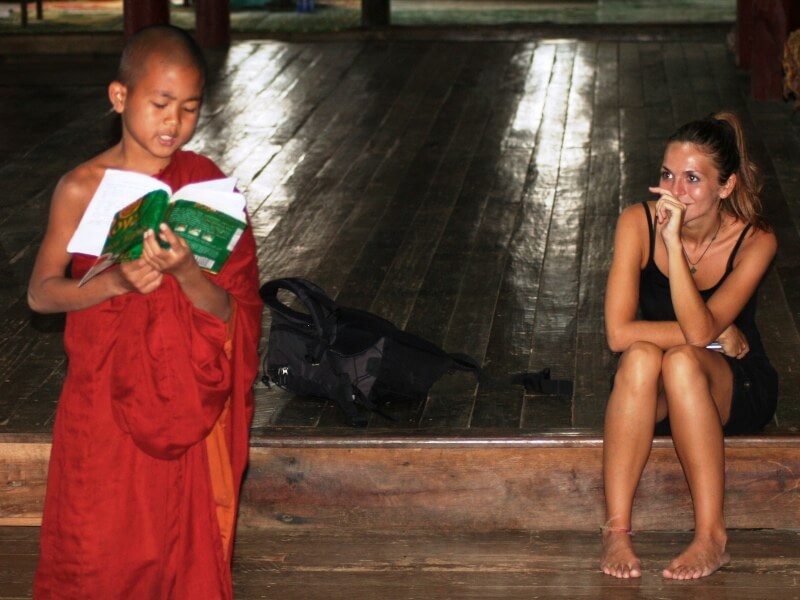
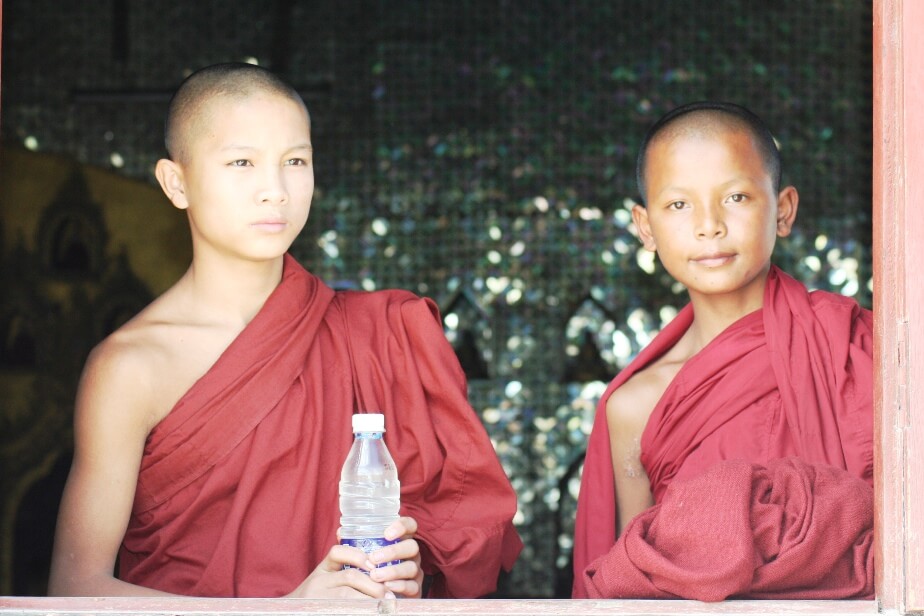
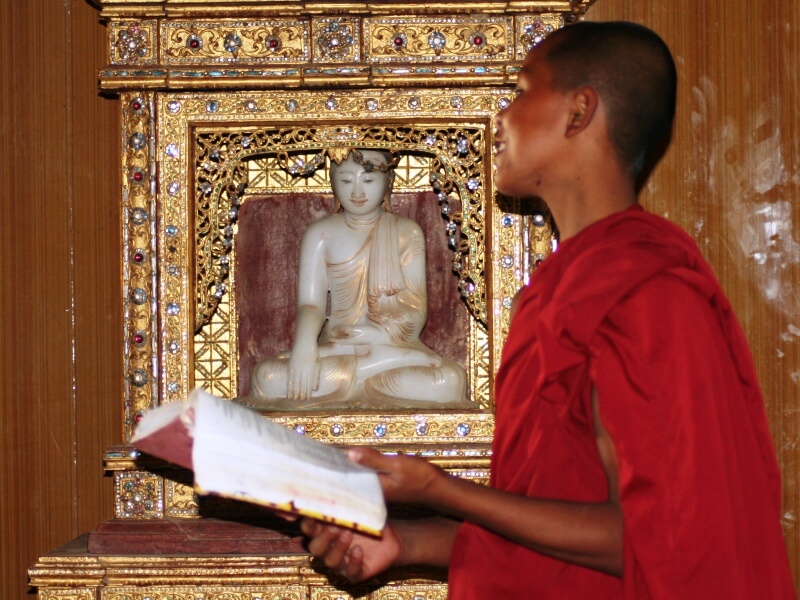
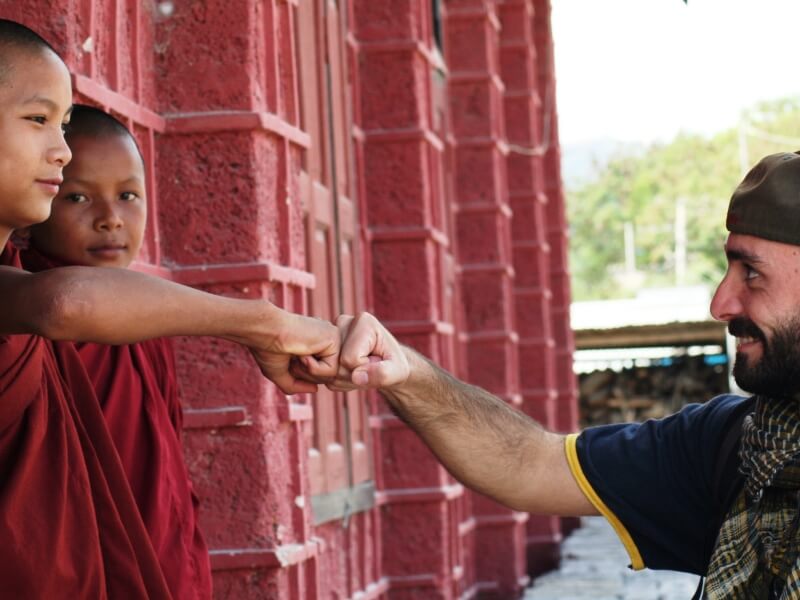
We leave following the flow.
We reach a temple, in the void, with a majestic Buddha dominating the scene, in the background a village ... we set out to reach it. From the piles, families call us to invite us to enter their homes.
What a beautiful experience sitting in a Burmese house surrounded by sweet and sunny faces, we were offered tangerines and millions of smiles.
“Save me from drowning in the sea…” - so sang Robbie Williams in his stupendous “Road to Mandalay”.
Our road to Mandalay, on the other hand, was really hard… twelve hours by bus along winding roads to the rhythm of Burmese music at very high volume, my stomach cursed me but fortunately it held up!
Eventually we reach this ancient Burmese city at the first light of dawn and, aboard a pick up, together with a local family, we arrive at our hotel booked from Yangon.
Nicknamed the city of jewels for the extraordinary fineness of its jade, Mandalay is the beating heart of Myanmar that looks to the future, it is a city with a great past, where you can find some of the most fascinating temples in the whole country.
We decide to leave immediately to discover the three ancient cities in the vicinity of Mandalay.
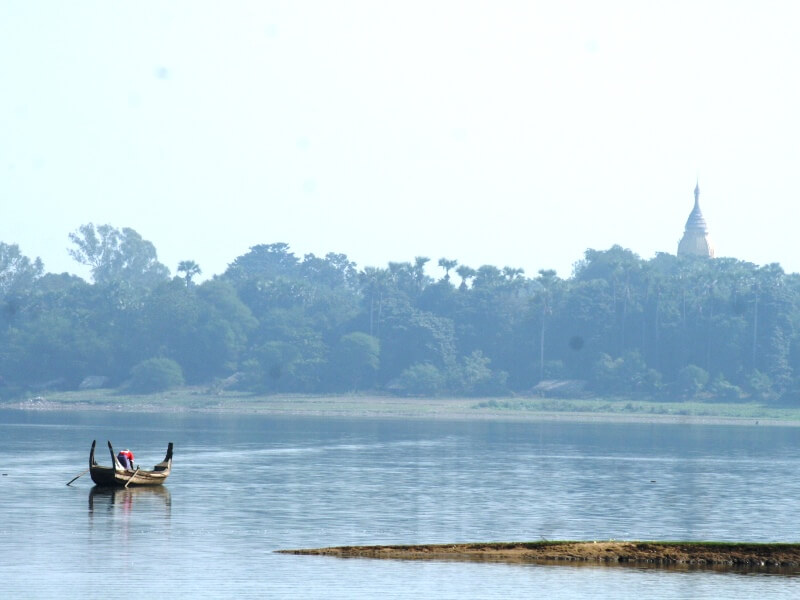
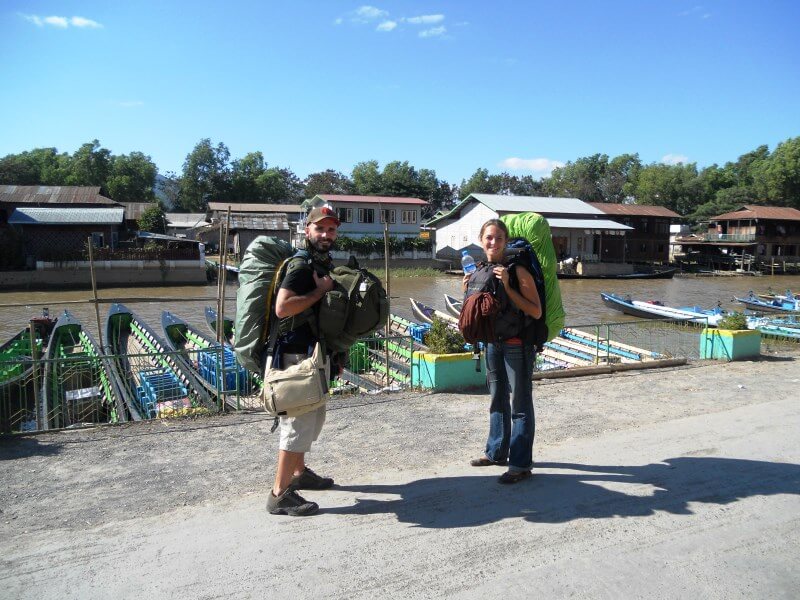
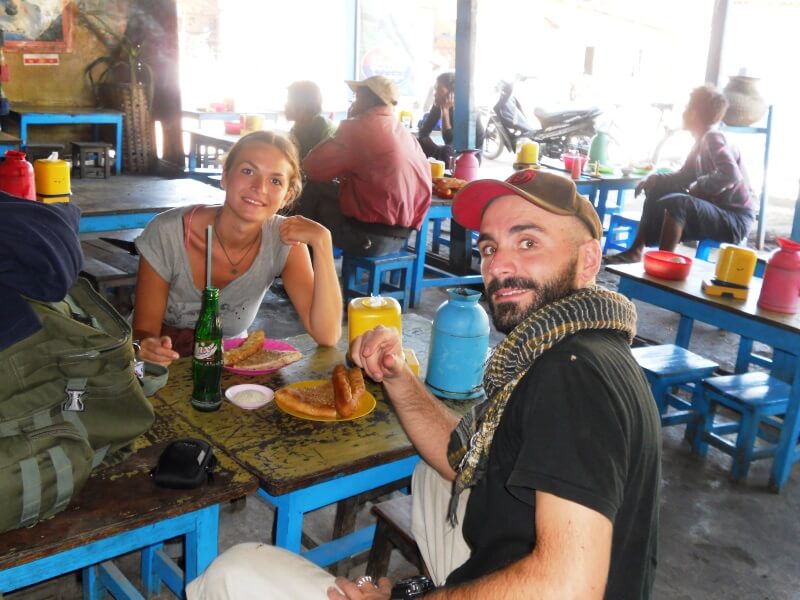
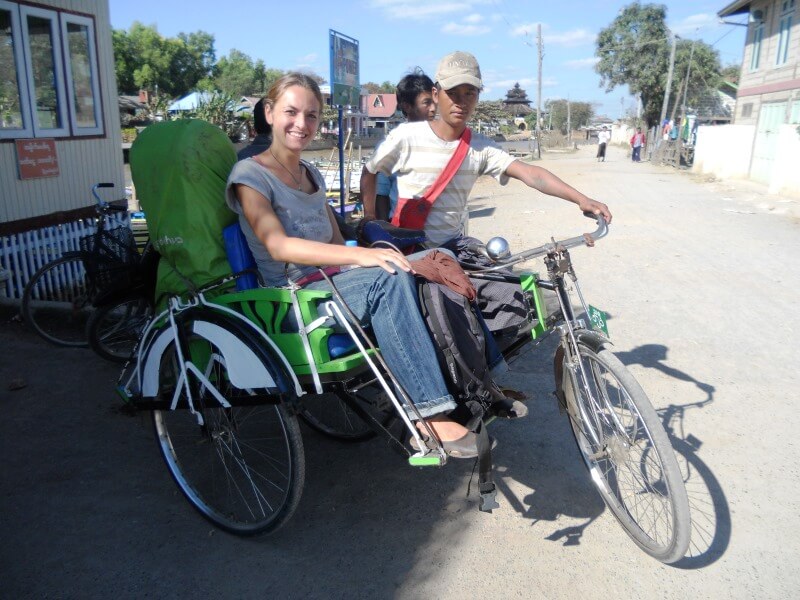
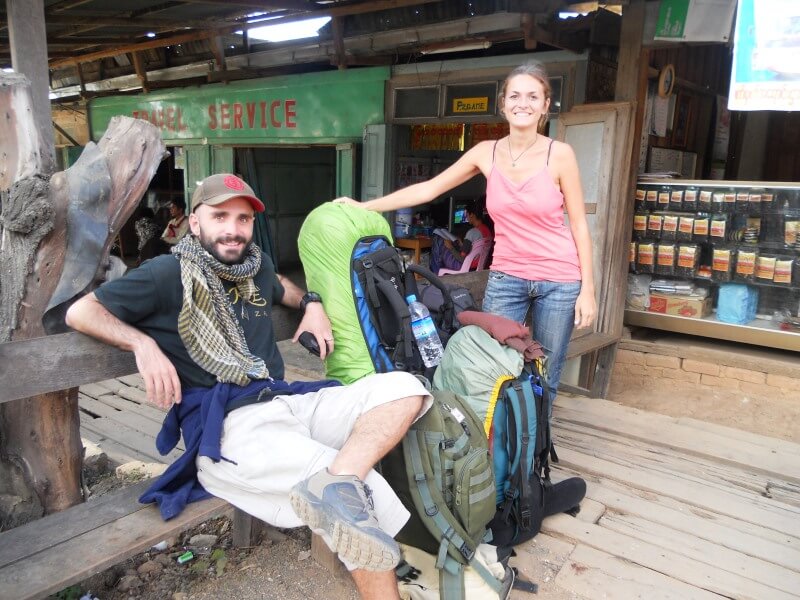
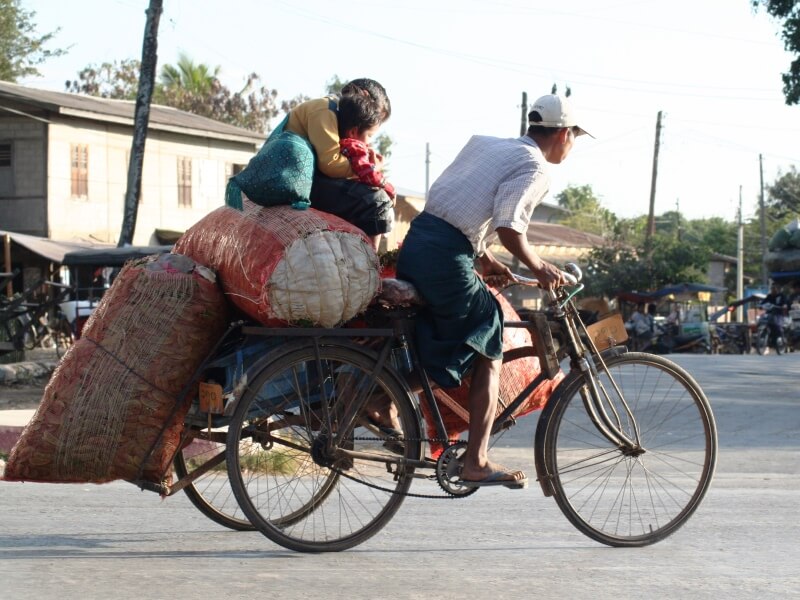
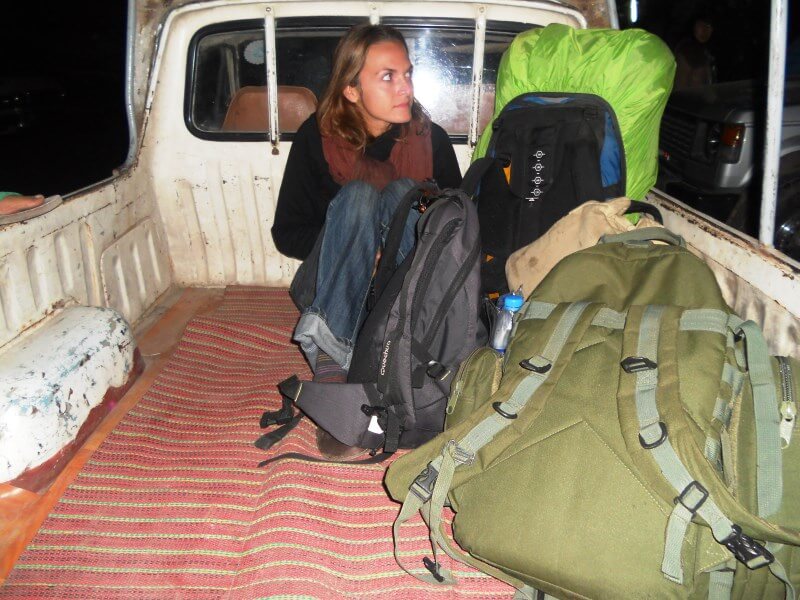
Amarapura. The city of "immortality", famous for the U Bein's bridge, the longest teak bridge in the world (1.5 km) that connects the village of Kyauktawgyi Paya to that of Taungthaman. It is one of the most photographed angles in Burma; it is possible to rent a boat and visit the whole area, alongside farmers, fishermen, monks and nuns.
It is very suggestive to walk along it enchanting us to admire the various views that the landscape can give us. What better reward than a shrimp pancake and a huge crab at the end of the crossing?
Below the bridge, the fishermen cast their nets to immediately retrieve them full of fish.
Inwa. We have to take a boat to reach the other side of the river and a cart pulled by a horse to admire the remains of this ancient city now defunct but which in the past was the capital of Burma for four centuries.
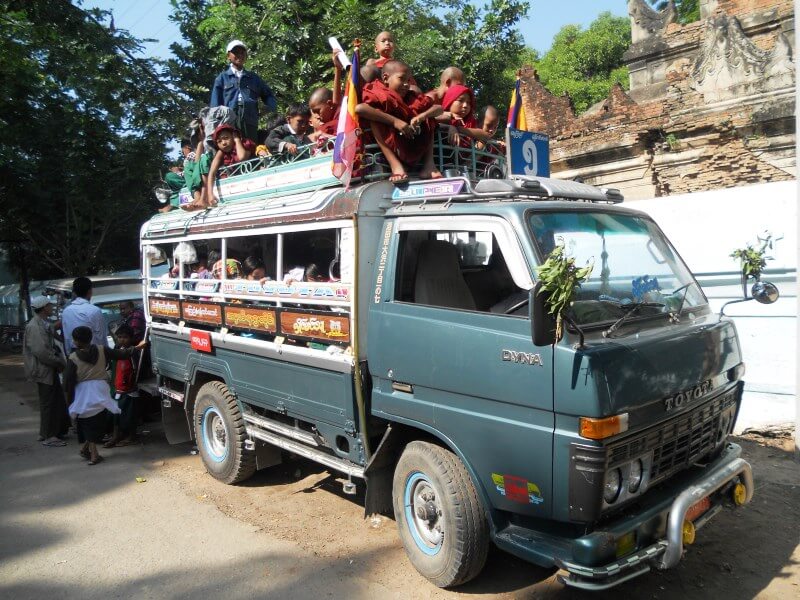
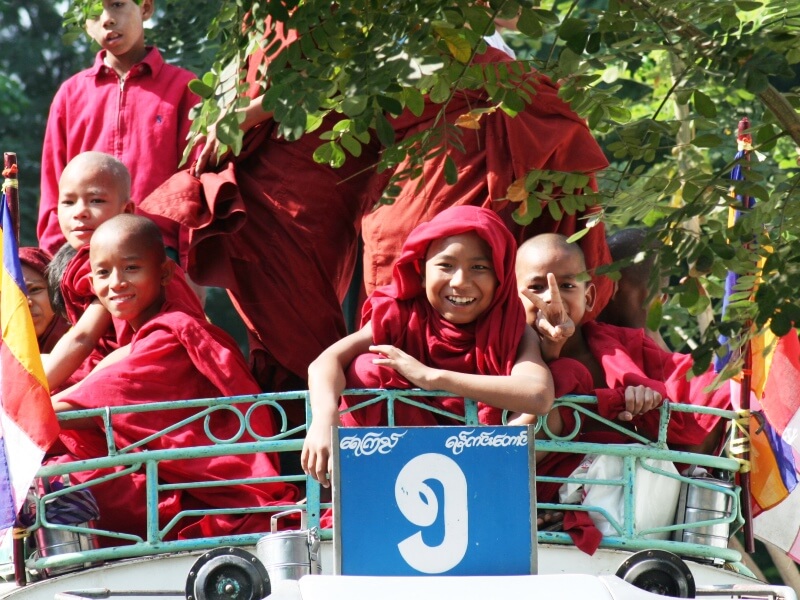
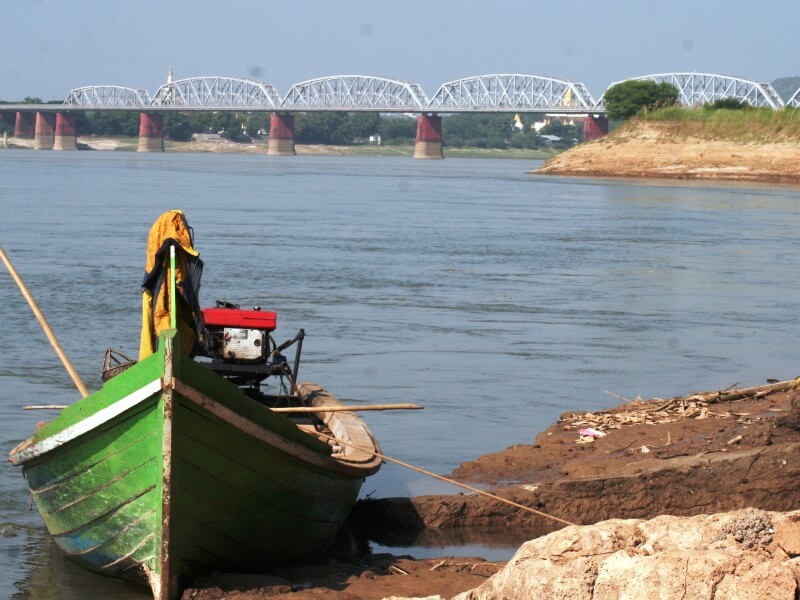
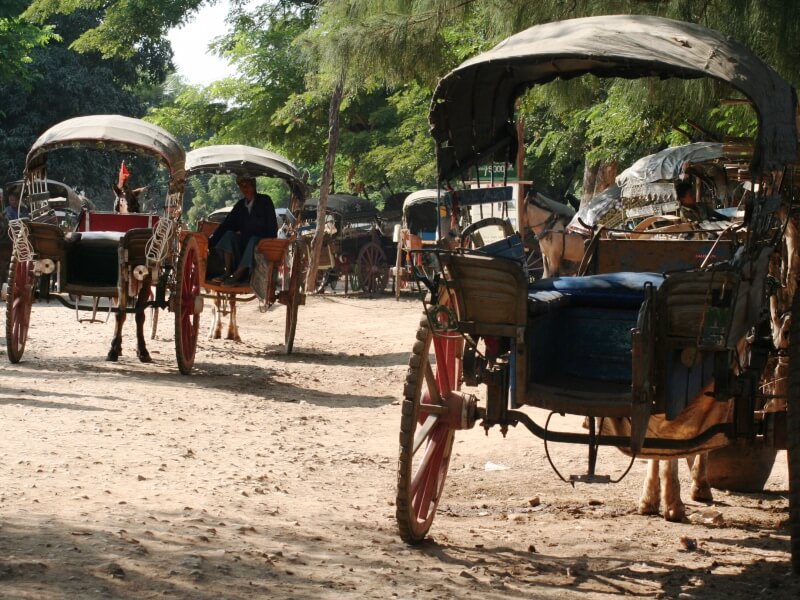
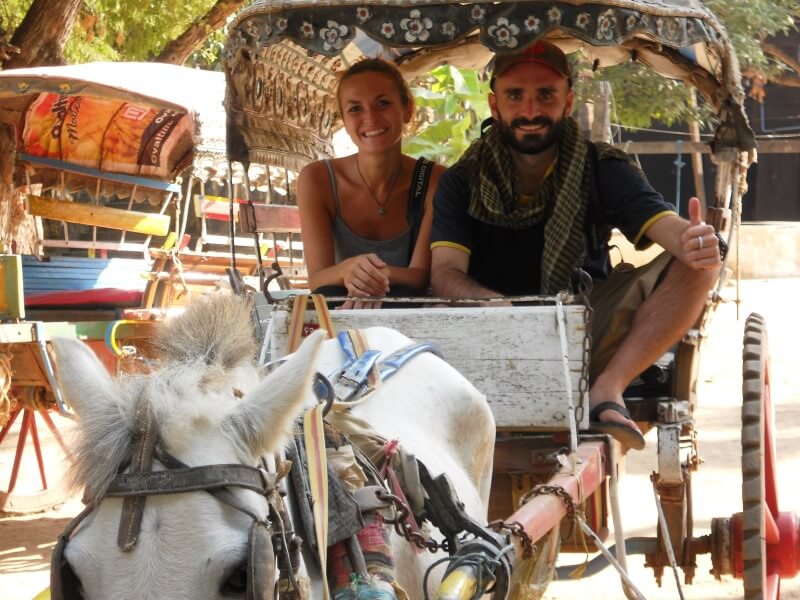
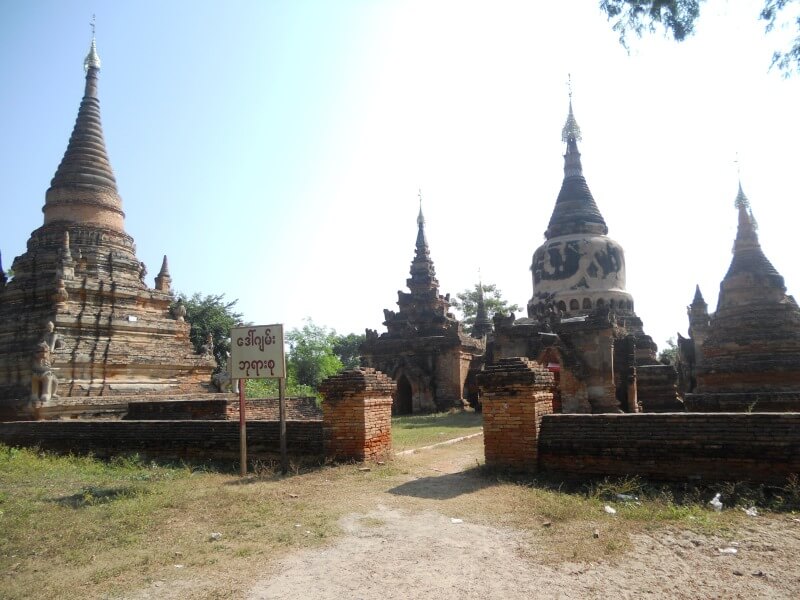
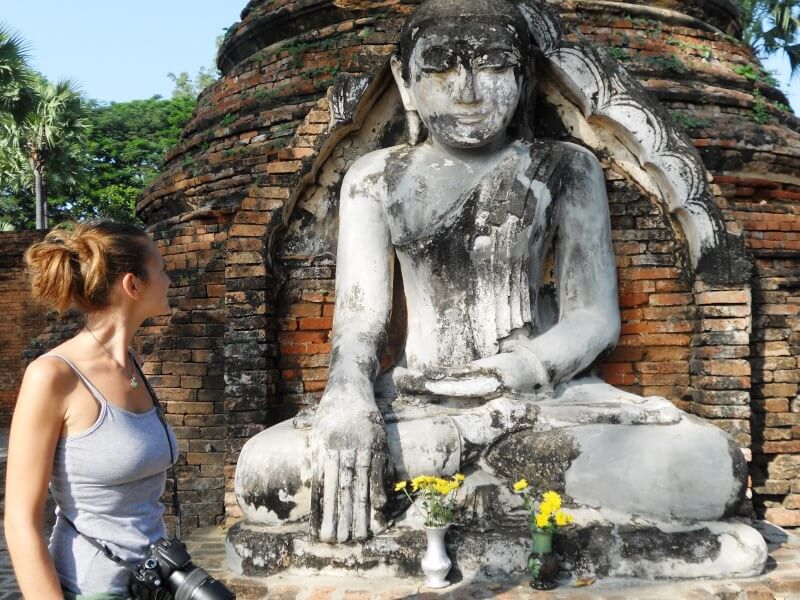
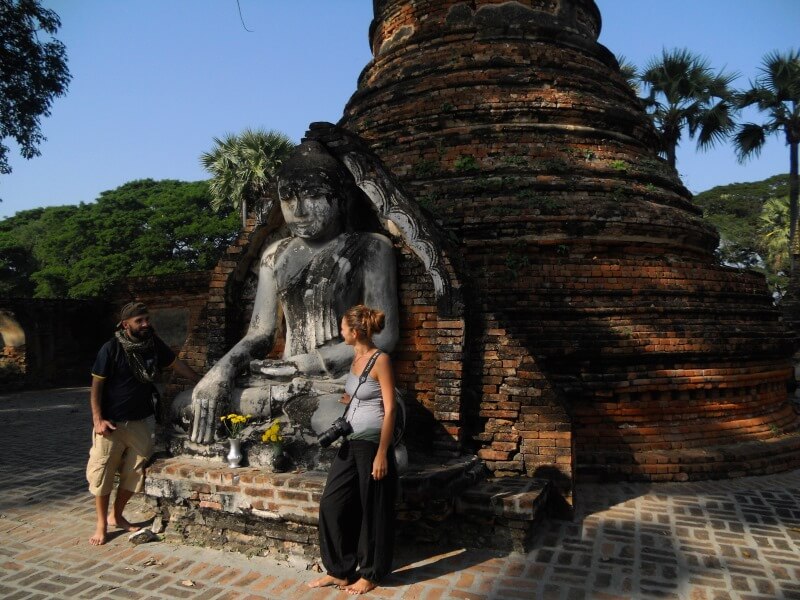
Sagaing. After the Ava bridge you reach the Sagaing hill. A sacred and picturesque place thanks to the many stupas that seem to pop up almost everywhere like large golden mushrooms.
It is hard enough to reach the top by climbing the steps that seem to never end! But once on the top the view offered repays you for all the sweat poured out!
I stop to chat with a Buddhist monk who rests outside one of the many temples. Finally one who speaks English! I have a thousand questions to ask them, I am very intrigued by their life, by their rigor, by their discipline. Talking I discover that not everyone we see around are monks in the strict sense that we mean, many wear the red tunic for very short periods to please their parents (as in his case) or just to "raise the spirit". This discovery left me somewhat perplexed.
Time to return to Amarapura to watch the sunset from the U Bein bridge.
Every word is superfluous to praise that magnificent show and my heart still beats if I think back to the scene of the monks who, in single file, walked the long wooden journey while the sun gave way to darkness!
We are ready for the long walk that will lead us to the conquest of Mandalay Hill.
We walk along the Royal Palace and find ourselves in a kind of procession to admire the "Buddha's tooth" coming directly from China ...
After eating a corn on the cob and a banana on the street, step by step, we reach the top where a 360 ° view of the city awaits us.
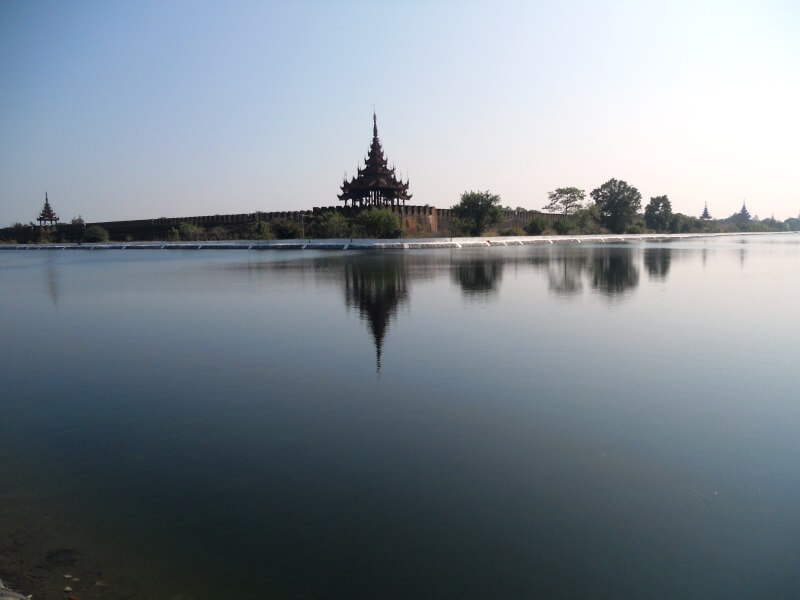
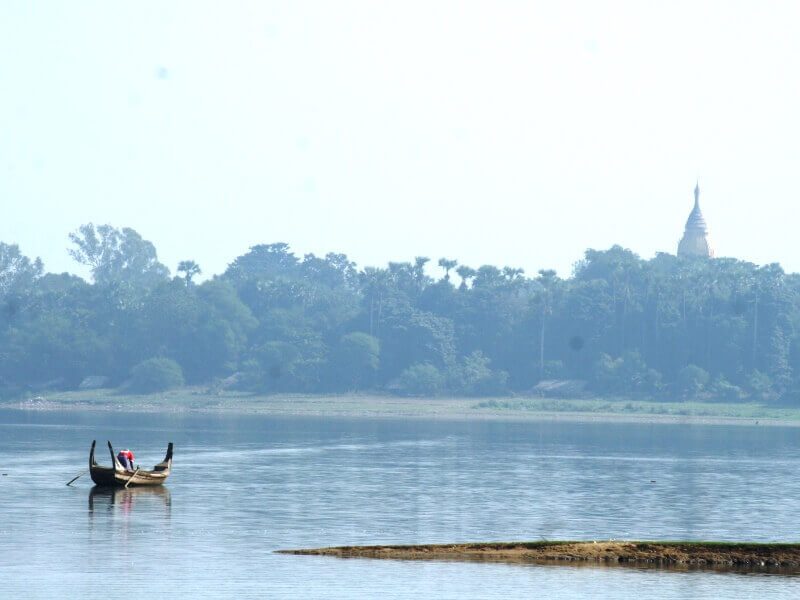
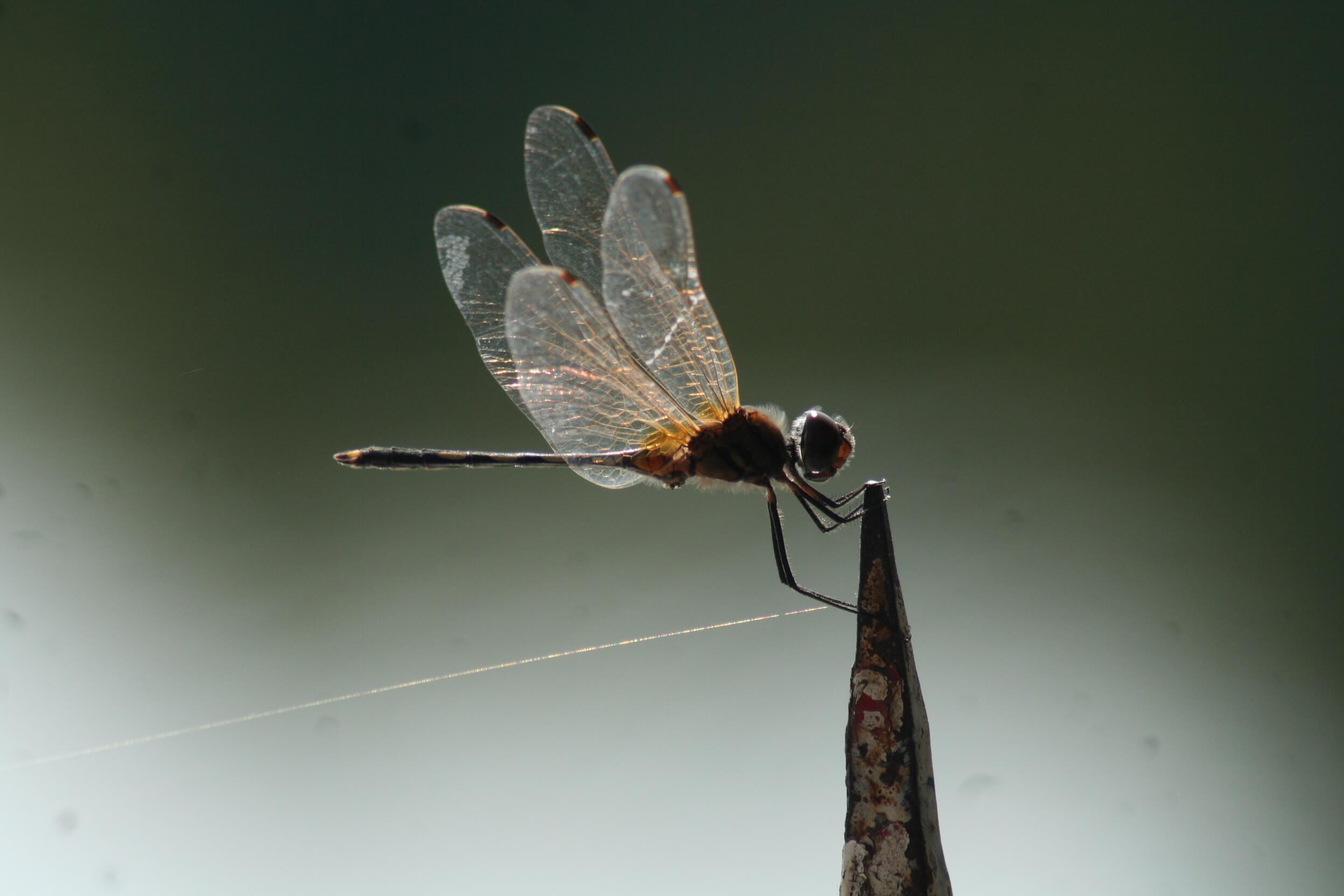
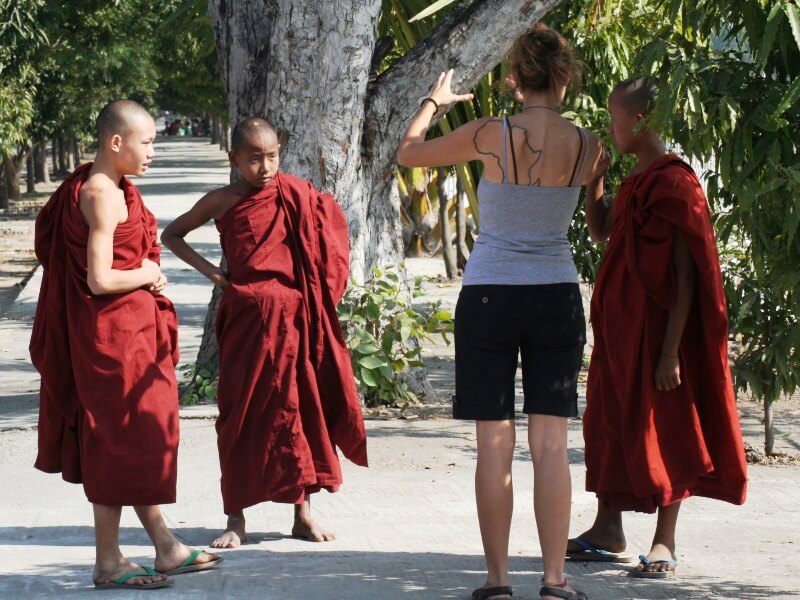
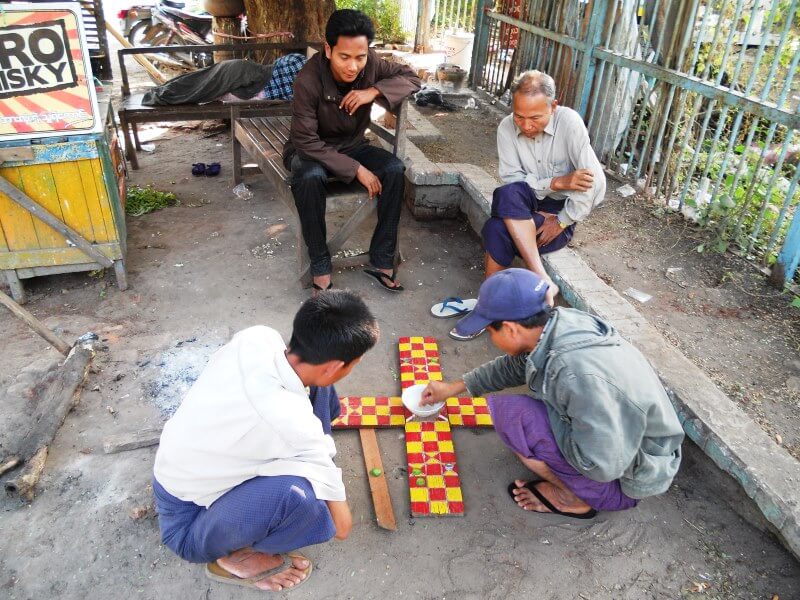
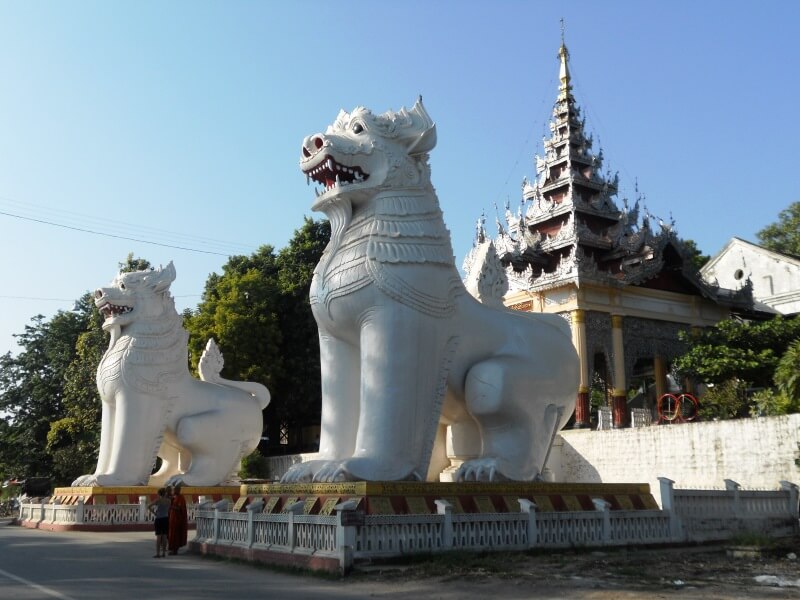
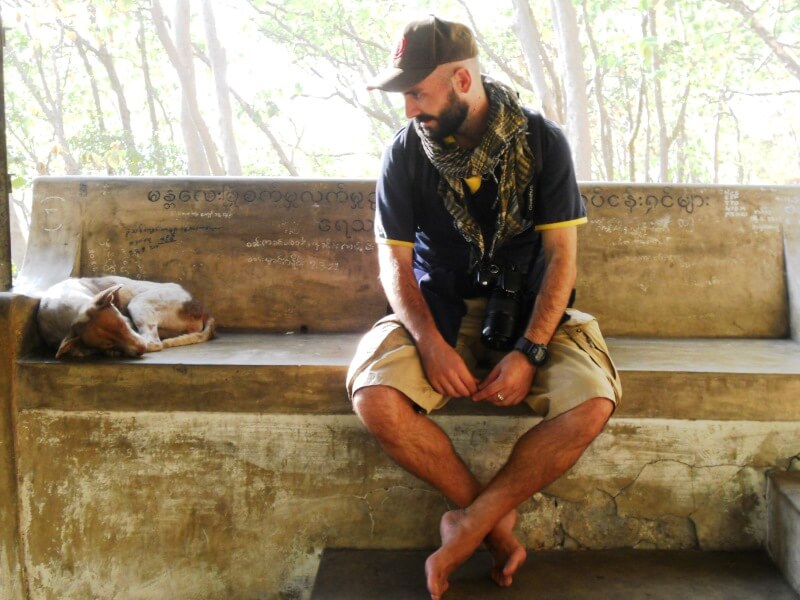
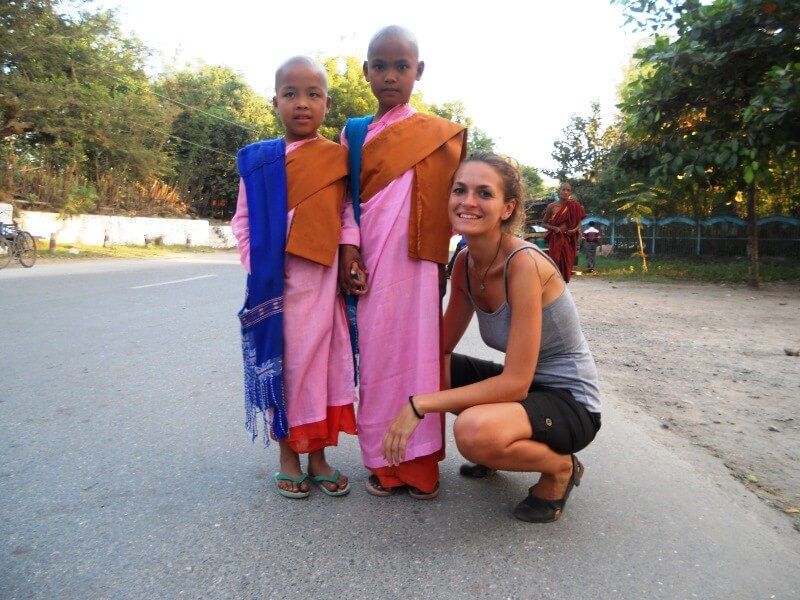
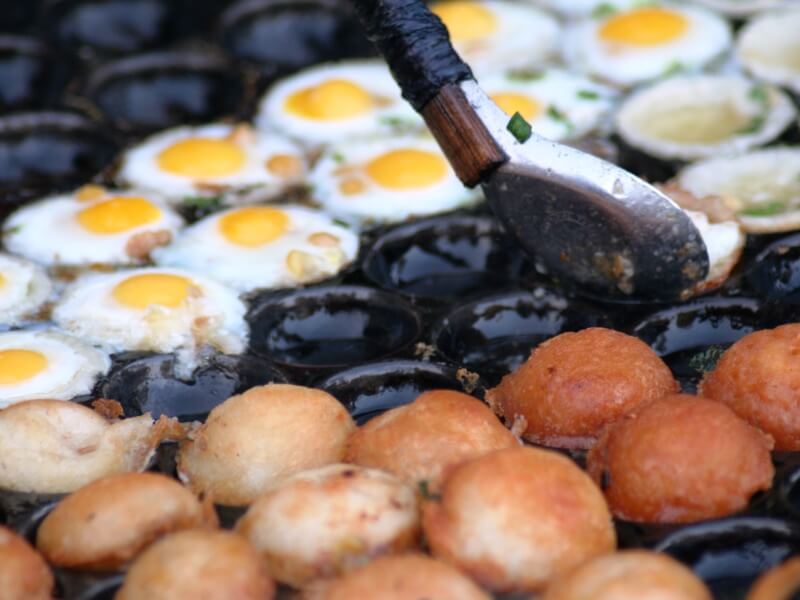
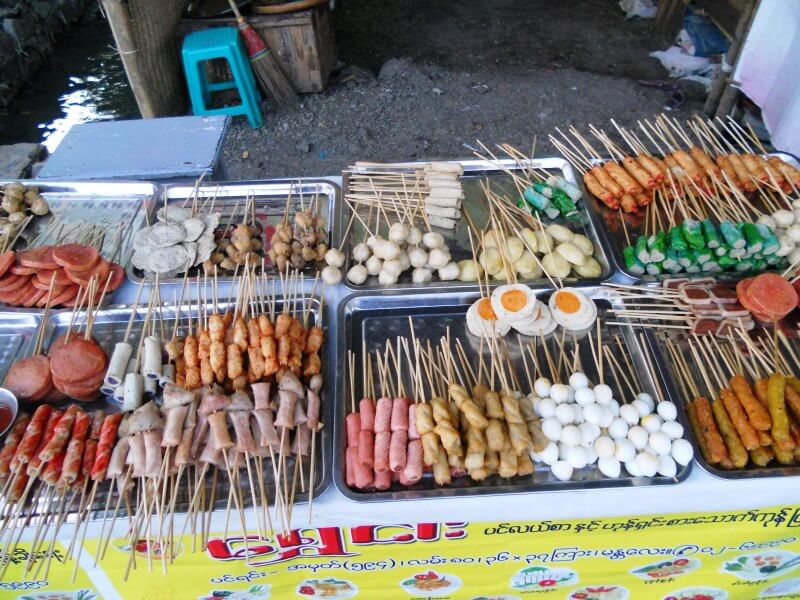
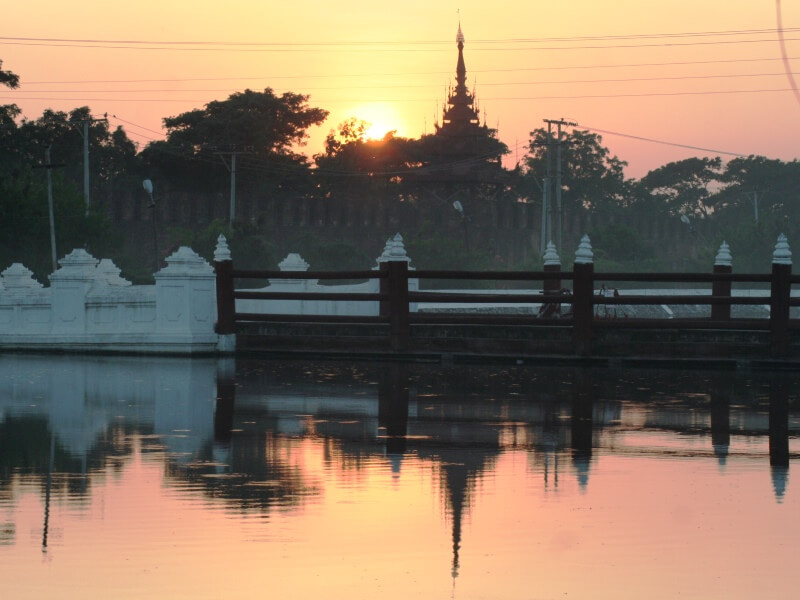
In an immense plain there are hundreds of temples that testify the splendor of a past civilization.
Bagan (formerly Pagan), the icing on the cake of an incredible country, one of the most spectacular archaeological sites in the world, known as the city of 10,000 monuments, a place that is difficult to describe in words.
It's Sunday morning here in Bagan!
After breakfast on the terrace of the Eden Hotel, I relax in the rocking chair on the balcony overlooking the main street, right in front of our room.
An old monk in yellow socks talks about this and that with a peer of his age, a cycle rickshaw goes by with two children on board with a lollipop in their hands and I think it will surely be the father who takes his children for a walk in this festive day…
A colorful balloon seller hurries to the nearby market. The restaurant with the sign "Myanmar food" has just opened and the owner is at the door waiting for the first customers; two horse-drawn carts are parked under our balcony hoping for some tourists; a small tractor transports peasant women from who knows which village to the market.
I look around, I breathe deeply and in my heart I thank God and Buddha for what we live every day!
Old Bagan is a succession of magnificent temples. Among all, I was particularly struck by the Manuha Paya, characteristic for the great Buddha dressed in red. Inside, absolute peace reigns ...
Almost by chance we witness the initiation ceremony of the little monks, we find ourselves in the midst of many Burmese families excited by what is about to happen to their children; there are boys and girls of various ages, from three to ten, dressed up in white and with lots of glitter and colored ornaments. The relatives all around ask us to take pictures of their children or grandchildren. We chat with a father who tells us that the ceremony will continue with the hair cut and the donning of the monks' red robes.
We see all the children sitting on stools and old monks intent on plucking their little heads, immediately after all naked to be washed in large basins of water and then gather in front of a stage where elderly monks chanting a sort of mantra they handed them small clothes by monks.
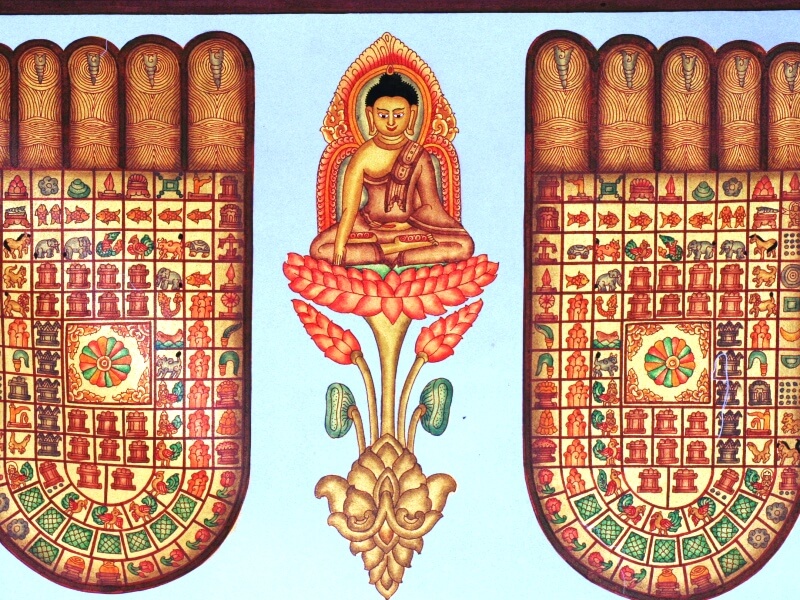
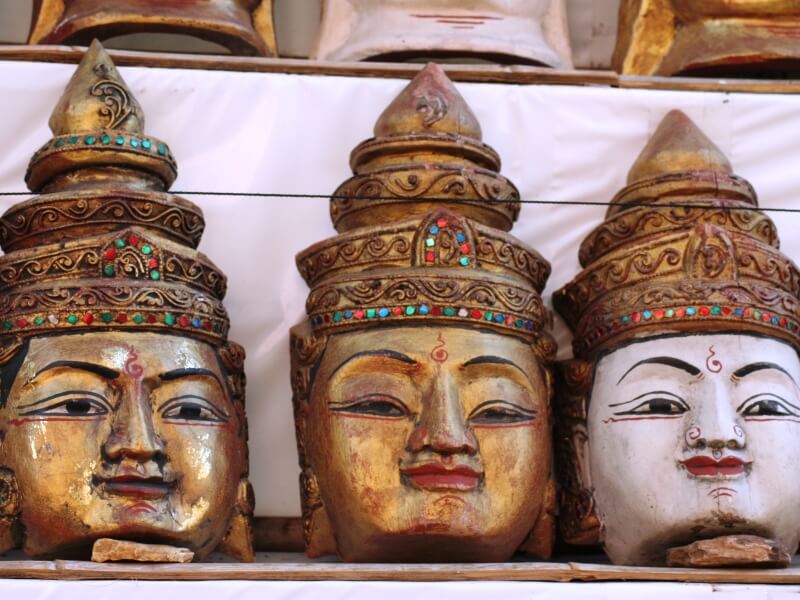
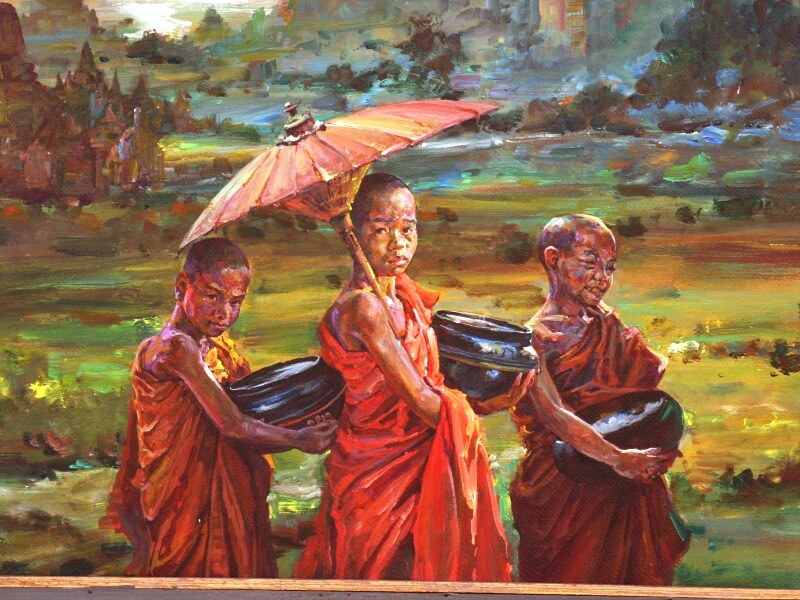
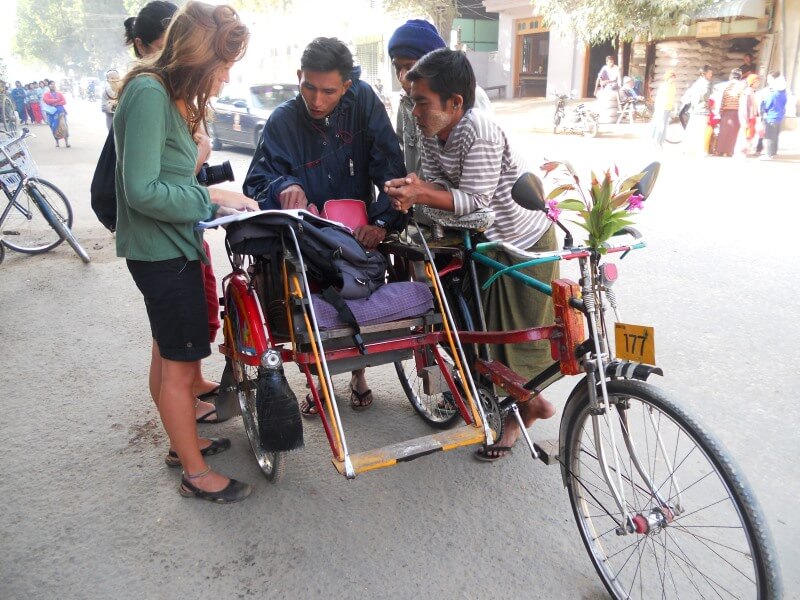
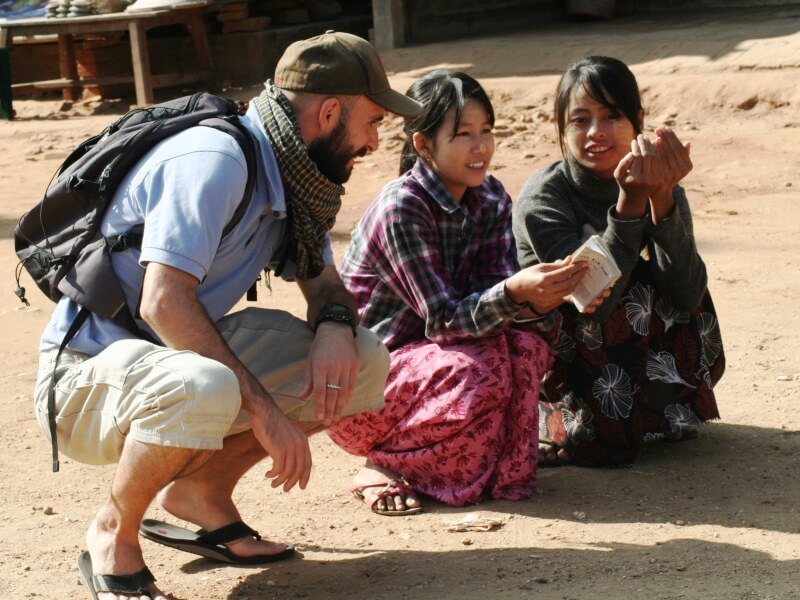
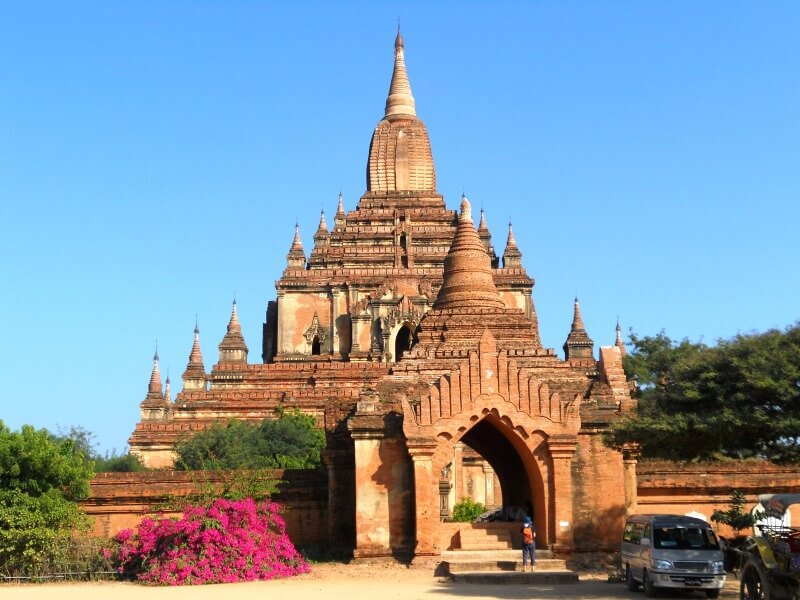
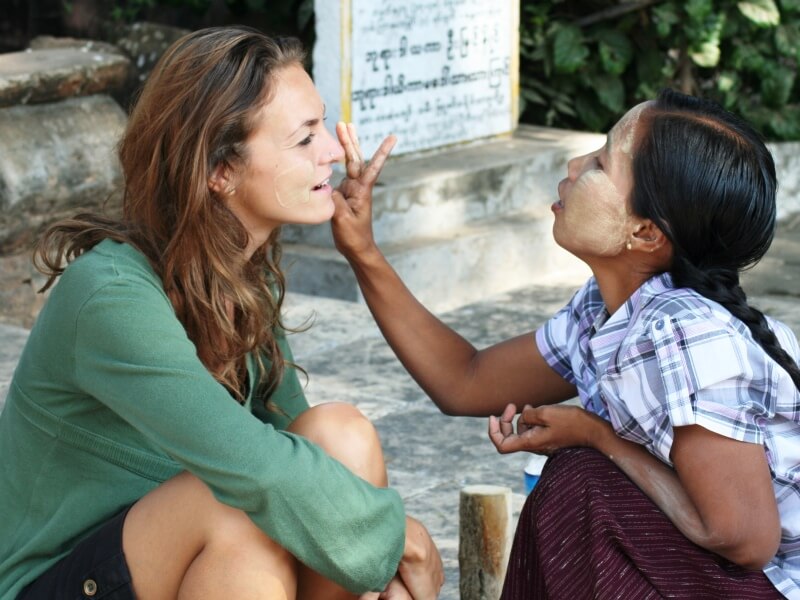
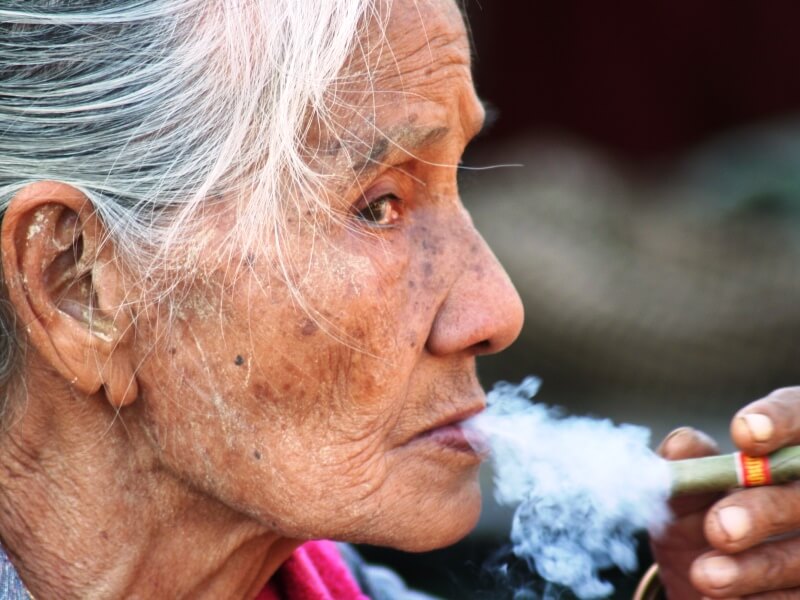
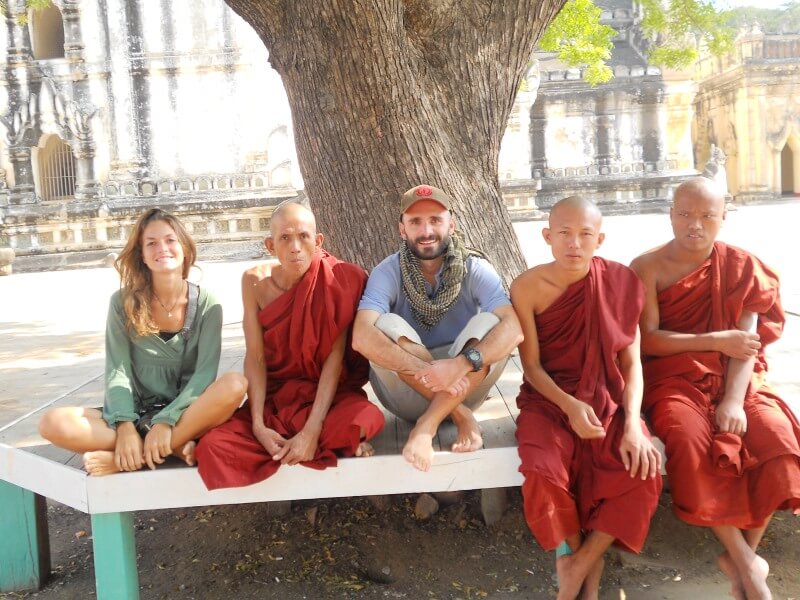
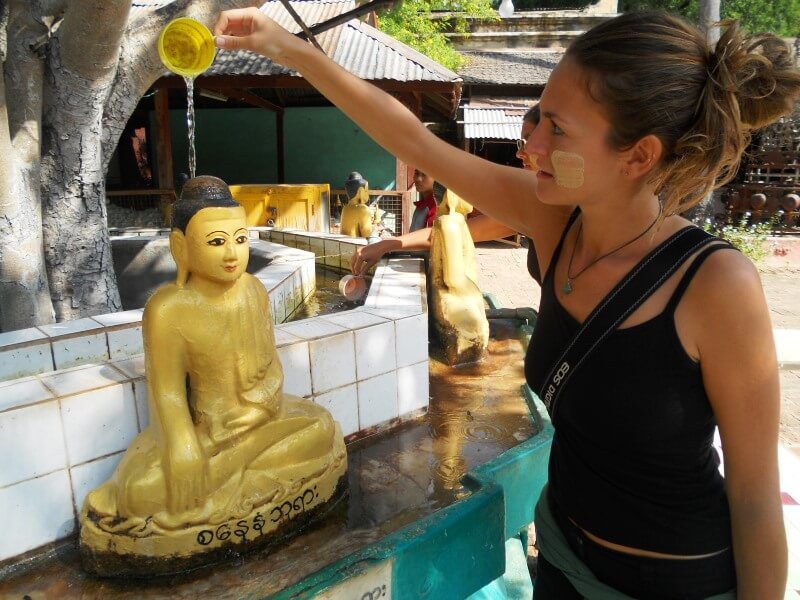
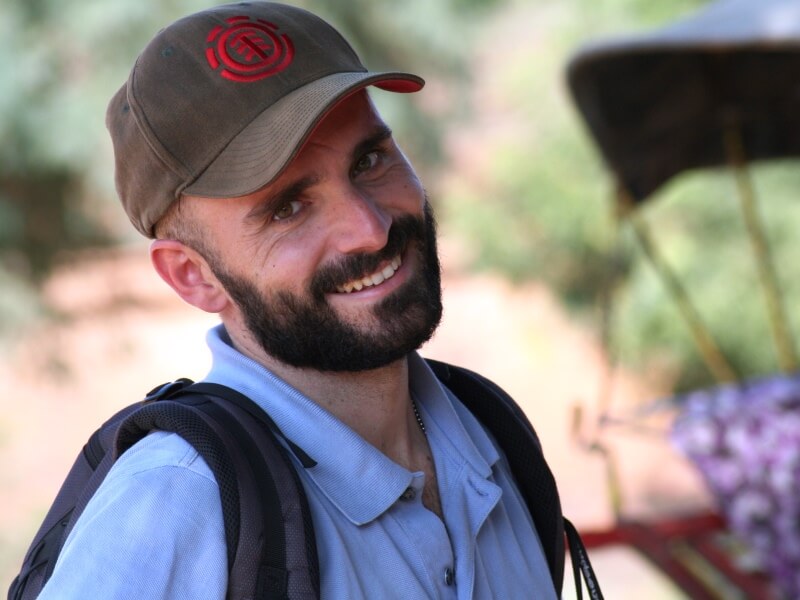
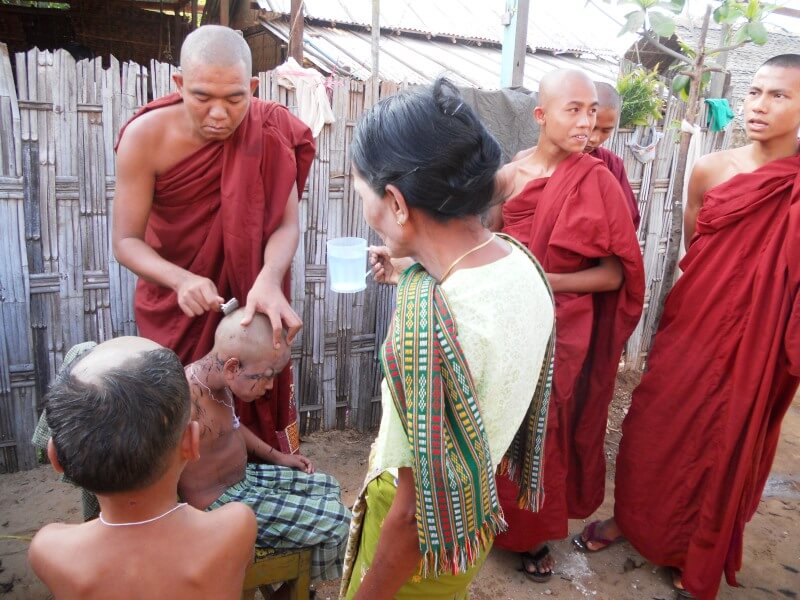
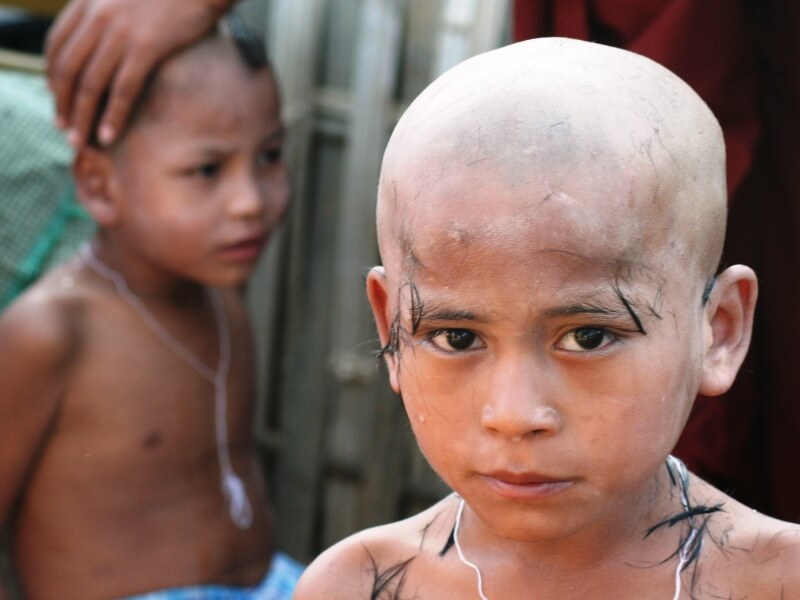
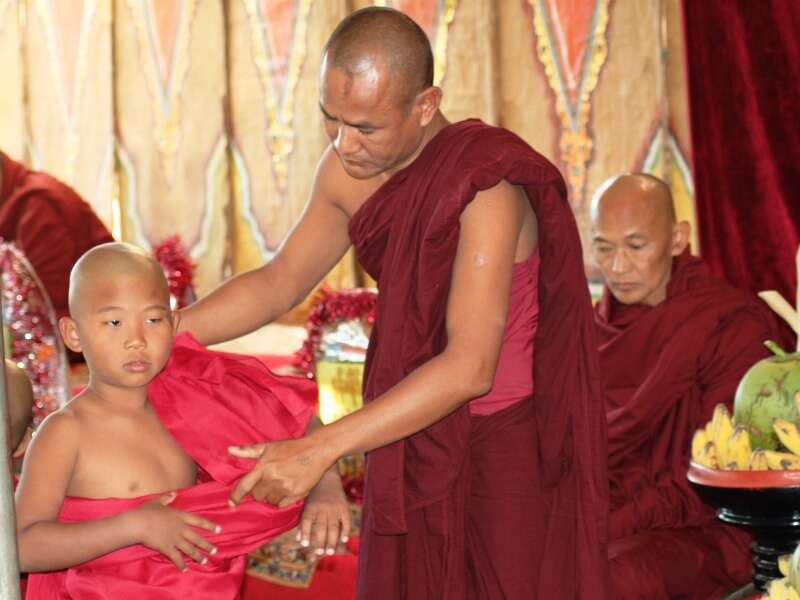
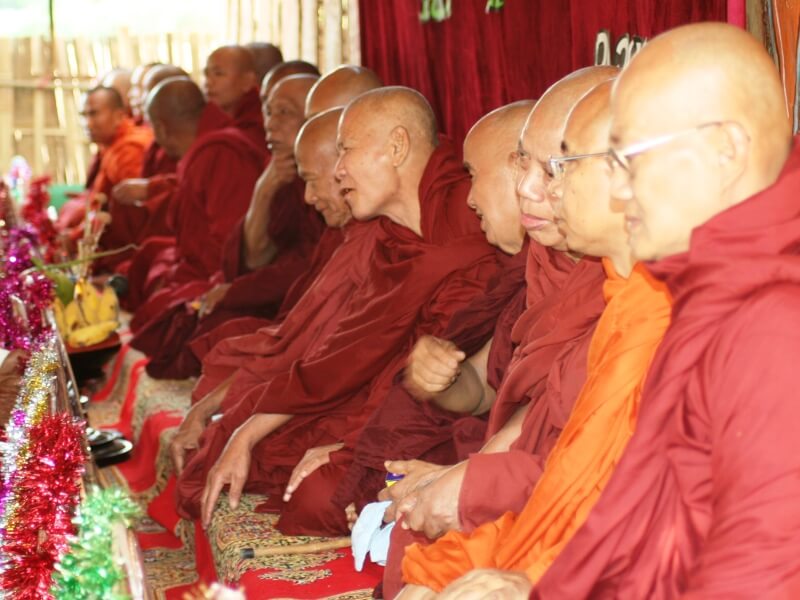
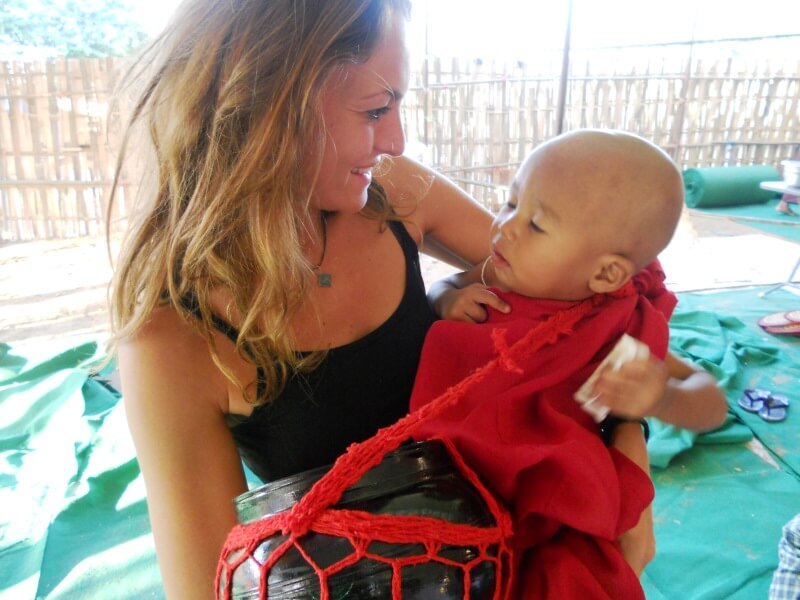
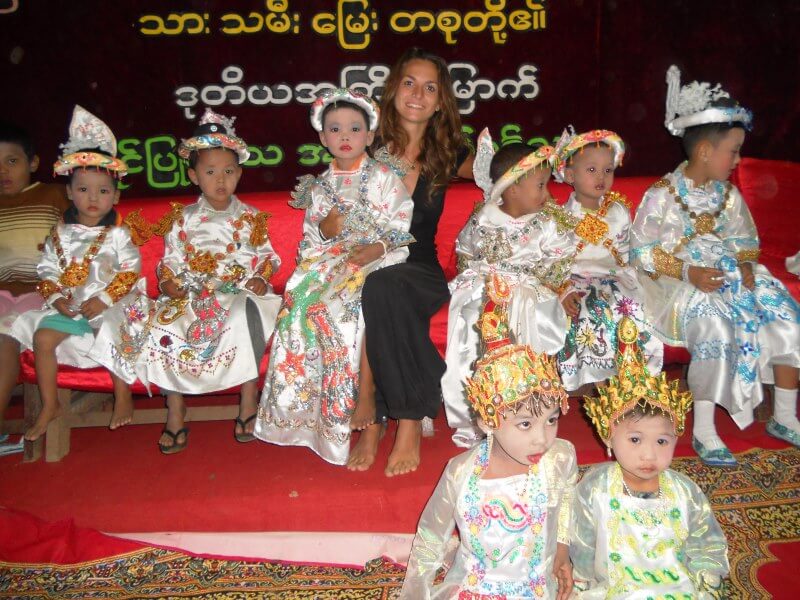
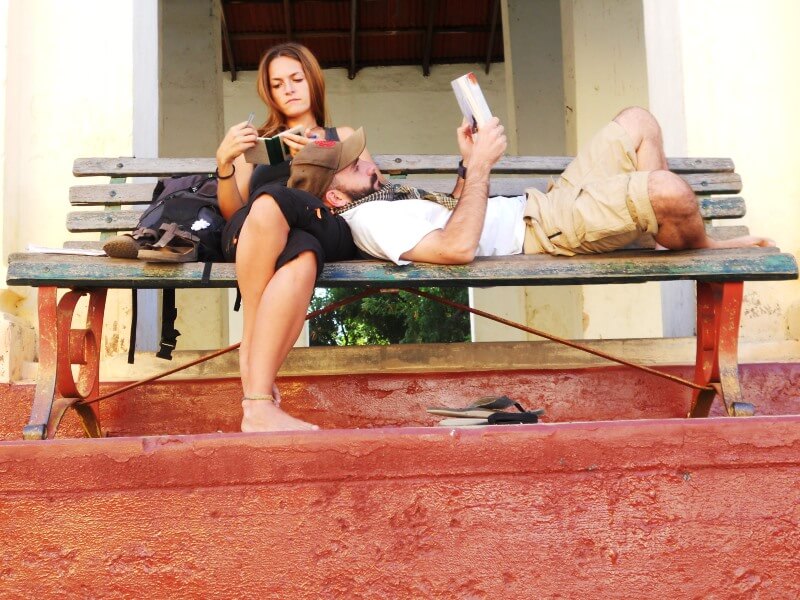
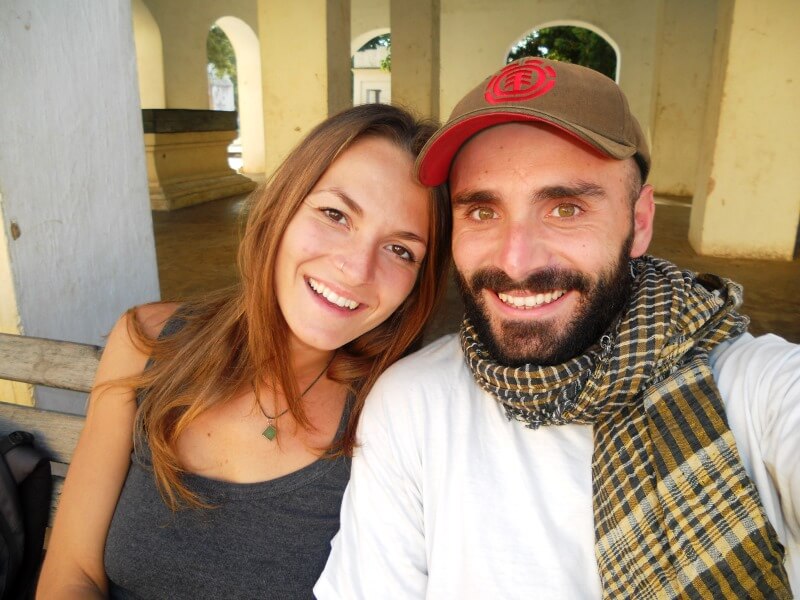
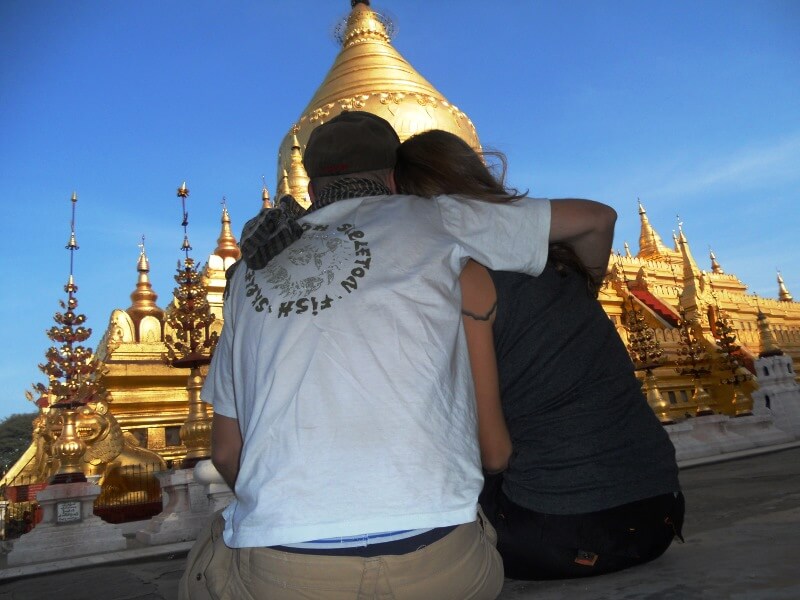
Before returning to Yangon, a short visit to admire the so-called Golden Rock, one of the most important pilgrimage sites in all of Myanmar, is mandatory.
Also known as Kyaiktiyo Pagoda, it requires a long journey from Yangon passing through Bago, an interesting city that offers ideas for numerous excursions, such as visiting the highest stupa in all of Burma.
Kyaiktiyo pagoda is a small stupa just over 7 meters high built on top of a granite boulder covered with numerous layers of gold leaves attacked by devotees. According to the legend, the rock would be in perfect balance over a hair of the Buddha. The rock, the pagoda and all the structures built around it are located on the top of Mount Kyaiktiyo, and it is said that a visit to this place is enough to convert to Buddhism. Despite the light earthquakes and bad weather, this rock has never moved, indeed, it is said that whoever tries to move it has awakened in the body of a monkey.
The starting point for visiting the Kyaiktiyo Pagoda is the small town of Kyaikto, located in Thaton District (Mon State).
From Kyaikto we proceed by local taxi until we reach the village of Kinpun (about 15 km), from which we continue aboard a sort of truck to Ya Thay Taung, a town located at 1,000 meters above sea level (about 30 the duration of the journey).
Here begins the pedestrian path, to be followed strictly barefoot (it is considered a sacred place), which leads to the Golden Rock Pagoda (the journey takes approximately one hour).
Here we are again, after a whole night of traveling by bus, in Yangon, but we're used to it now.
Last day in Myanmar, we go to discover the colorful and famous Bogyoke market and then finish having a drink in the famous Hotel Strand, the hotel that in the past was a meeting place for international spies and illustrious writers and journalists.
Myanmar, an uncontaminated, natural, true land. Land of honest and sweet smiles.
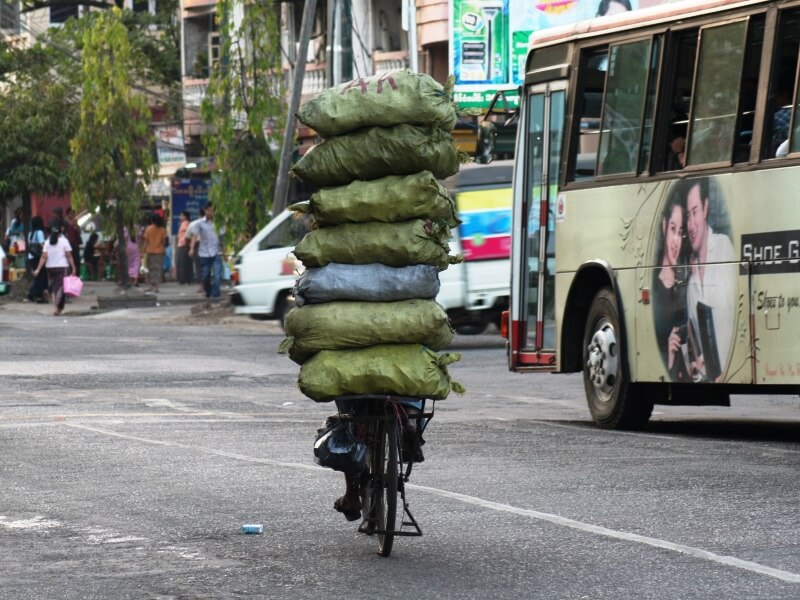
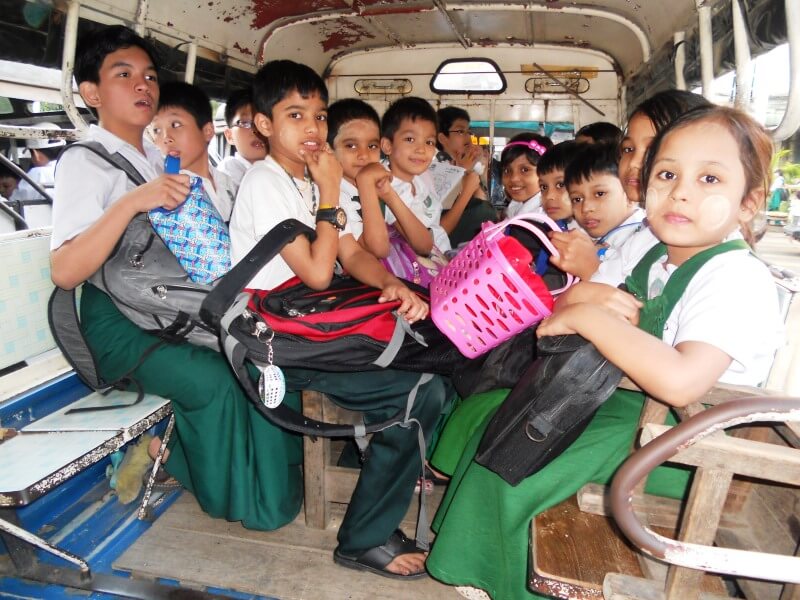
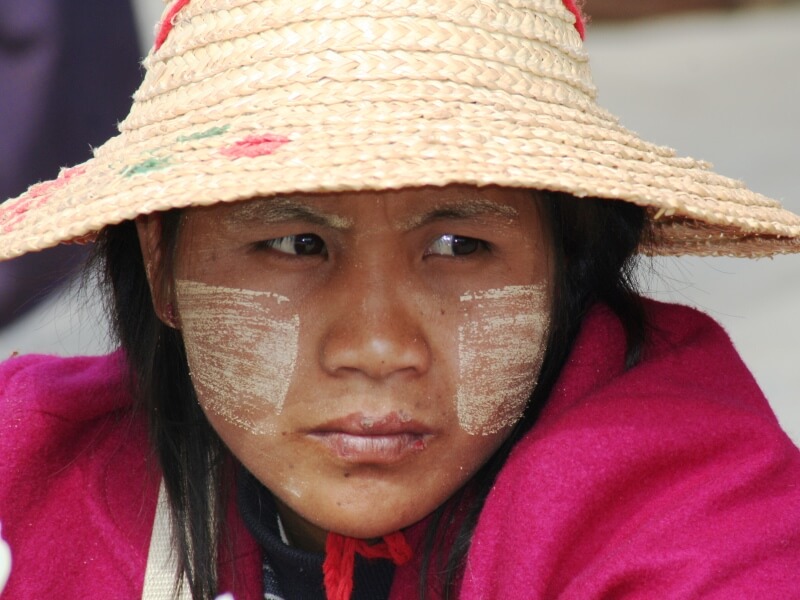
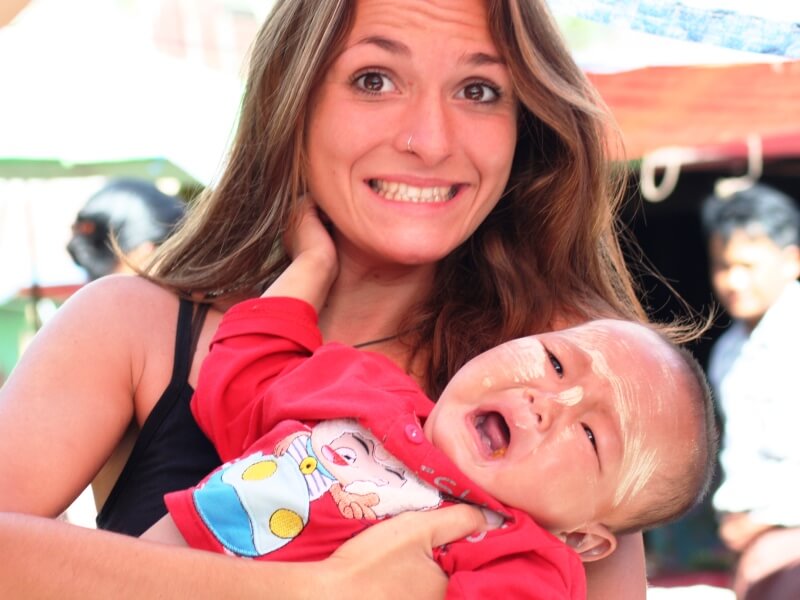
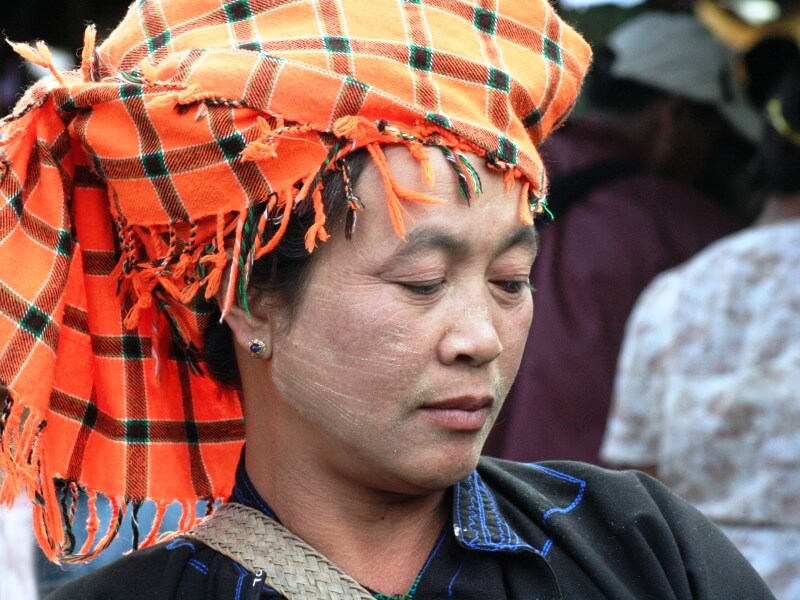
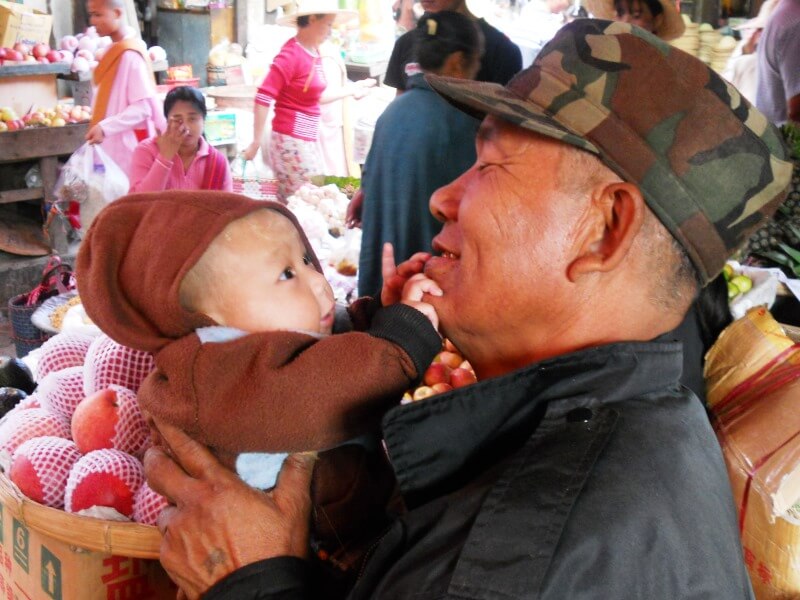
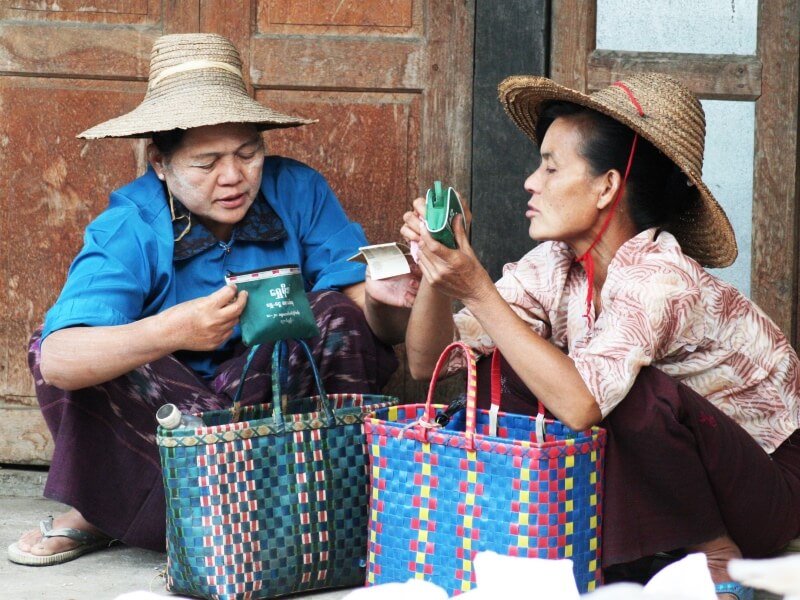
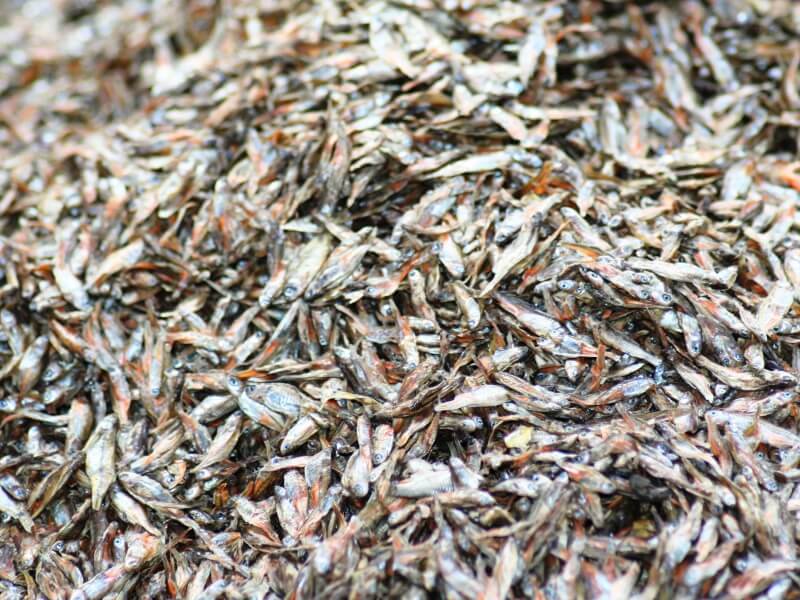
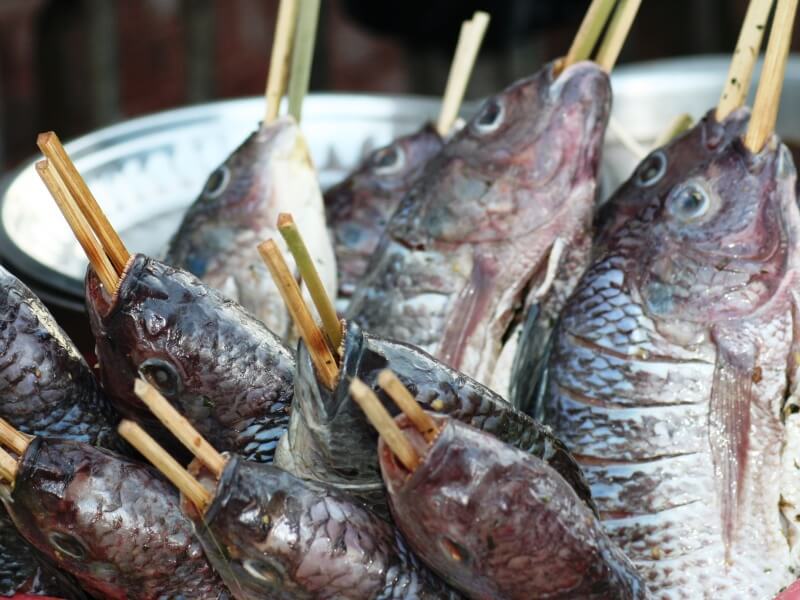
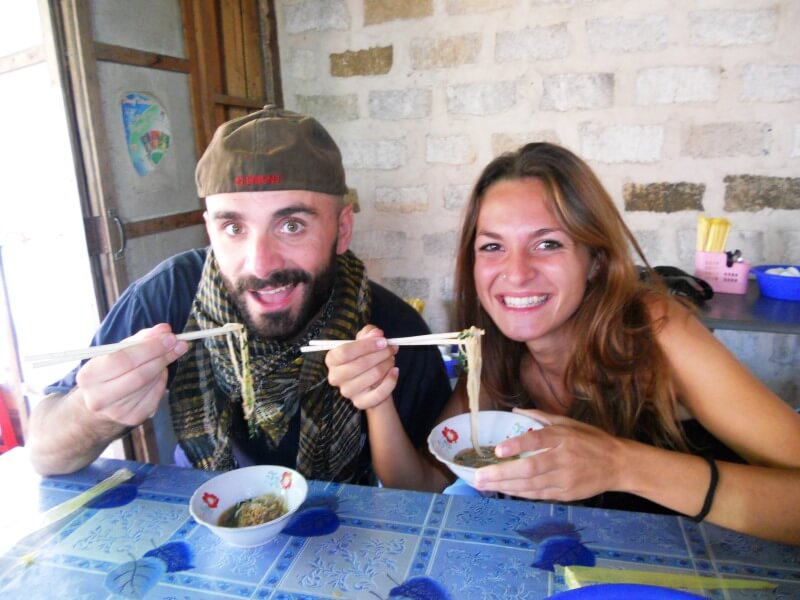
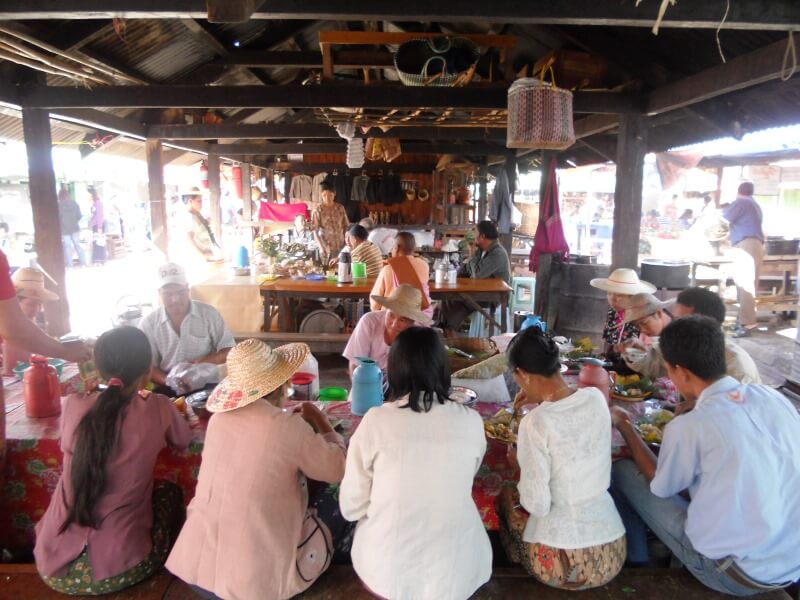
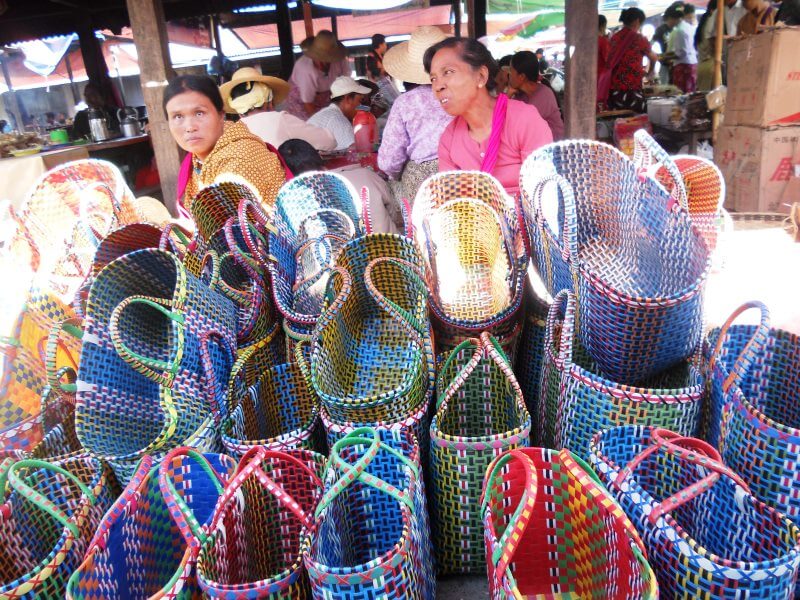
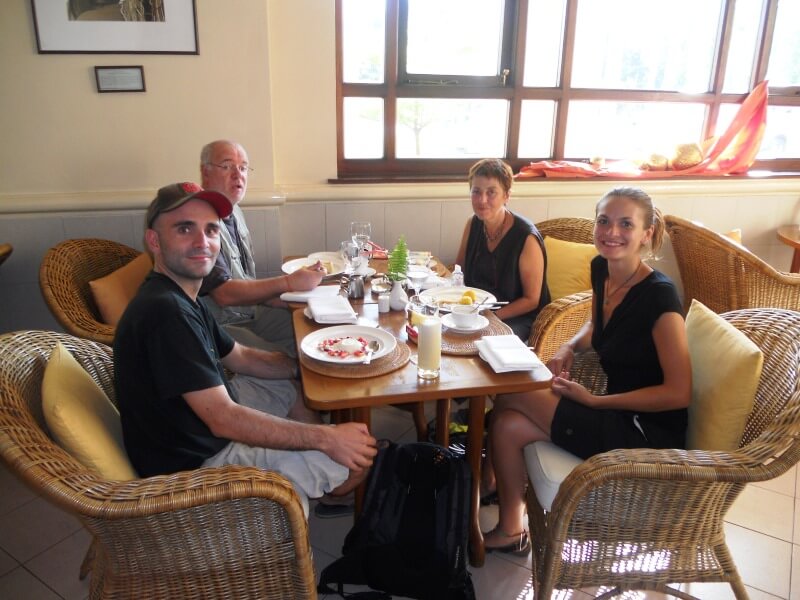
Error: No feed found.
Please go to the Instagram Feed settings page to create a feed.
4 Responses
Bene mi sembra di aver viaggiato con voi ” magari” un viaggio interessante con tutte le loro particolarità mi sembra strano che questi bambini decidano di diventare monaci ….mi piace molto….
Grazie mille cara Angioletta, il diventare “monaci” è una forma di purificazione dello spirito oltre che un vanto per la famiglia e poi non è una scelta definitiva.
Millennials face another challenge for the track to homeownership. Phedra Aluino McDonald
What do you mean?